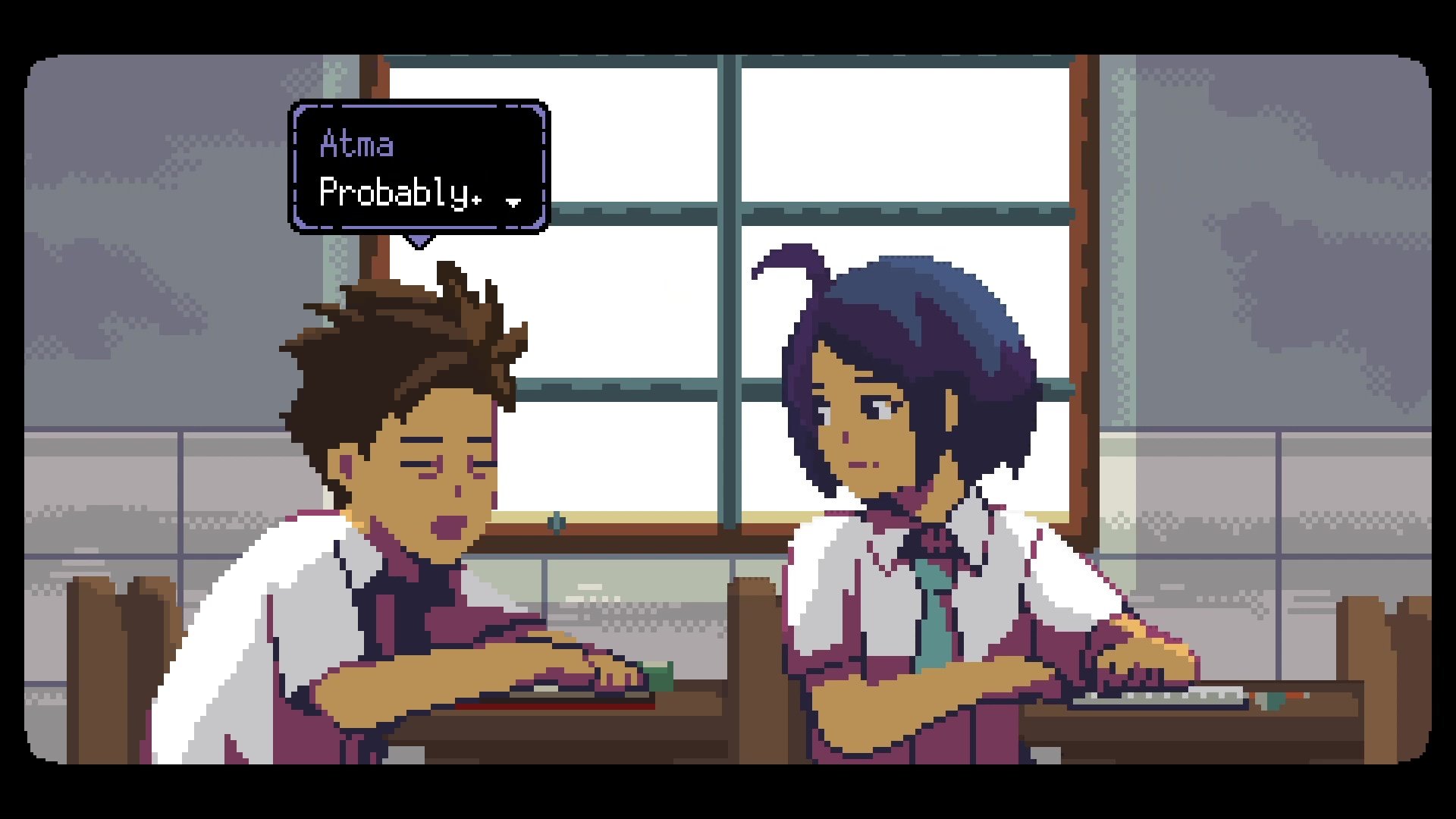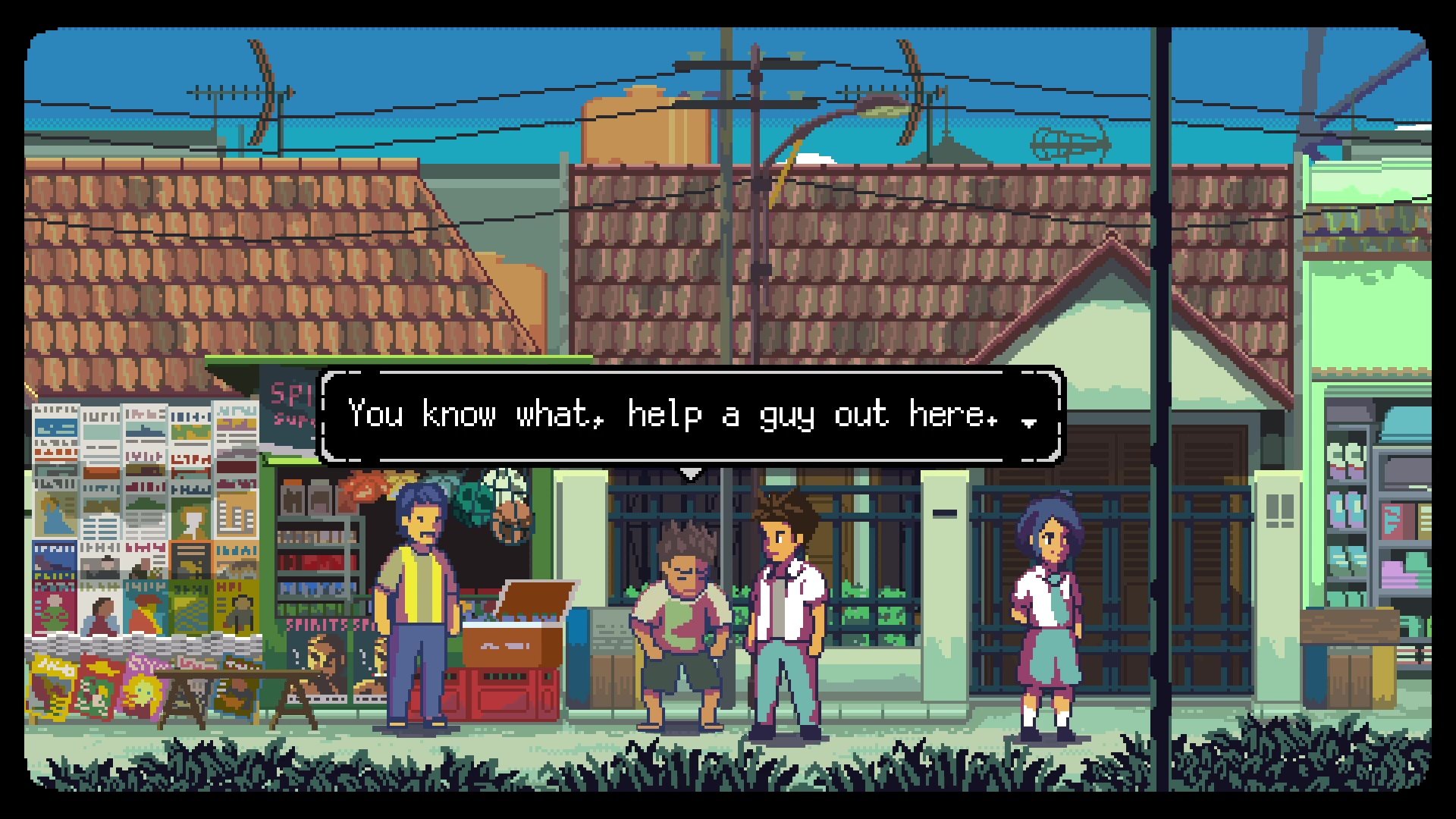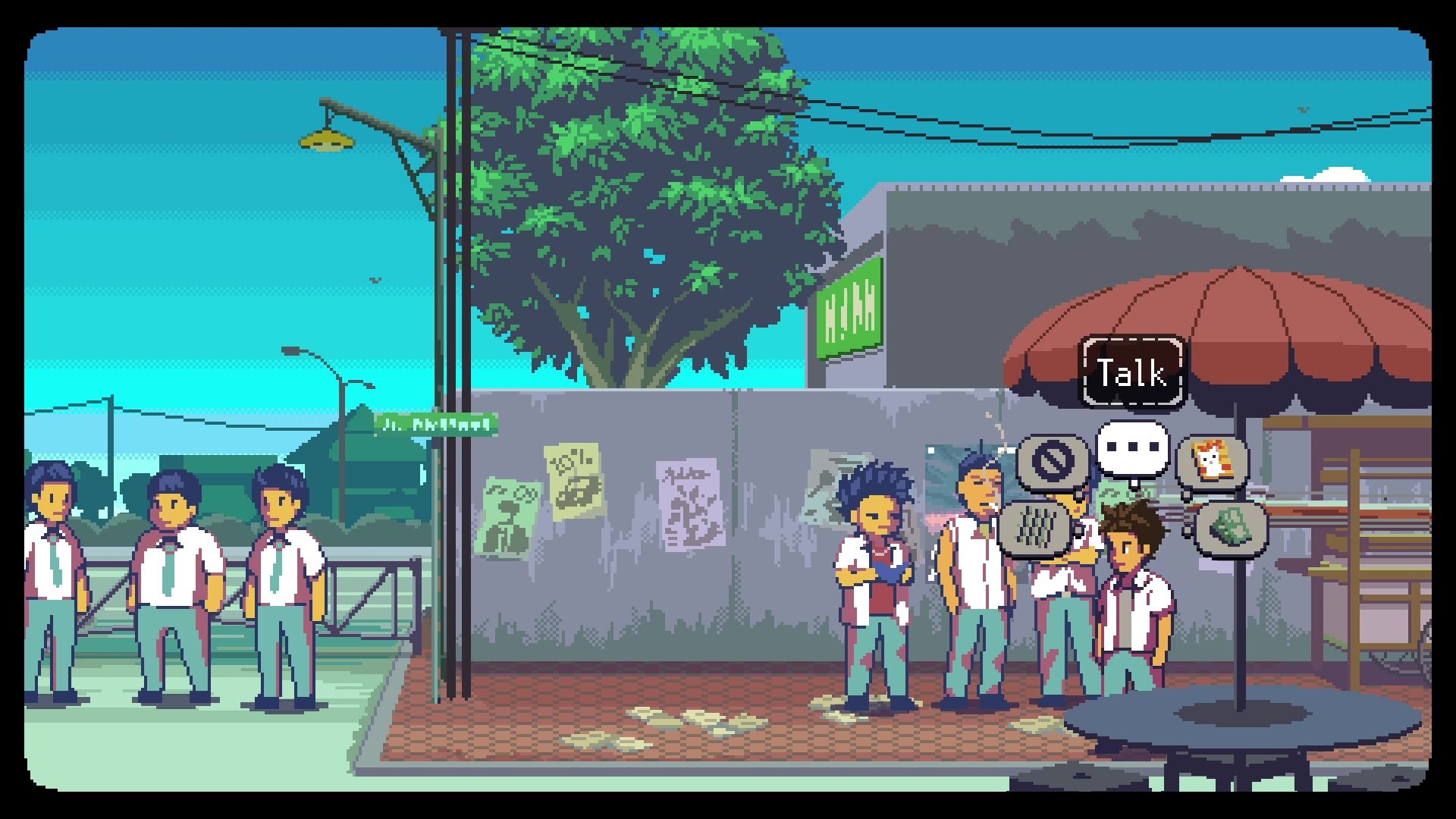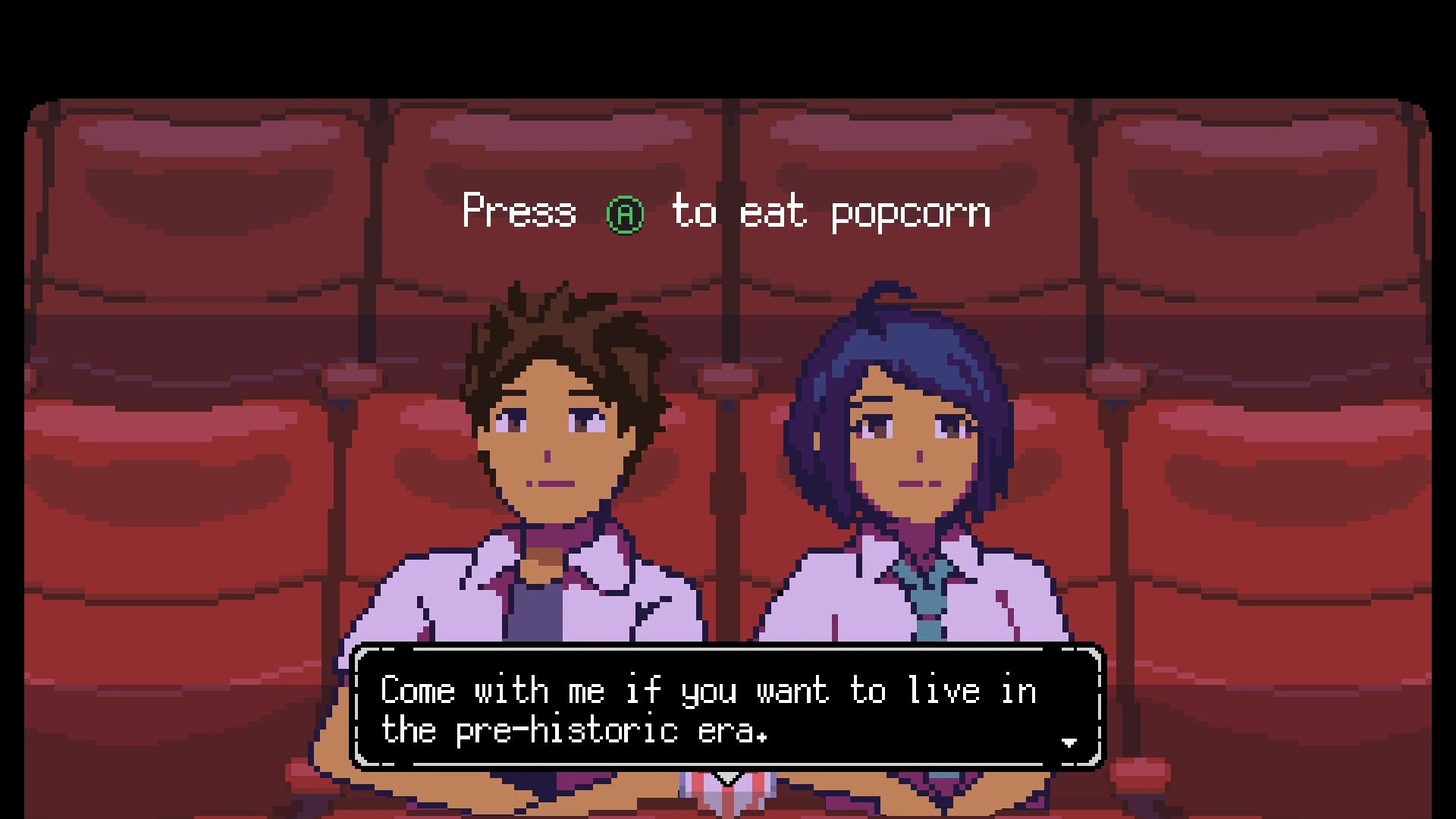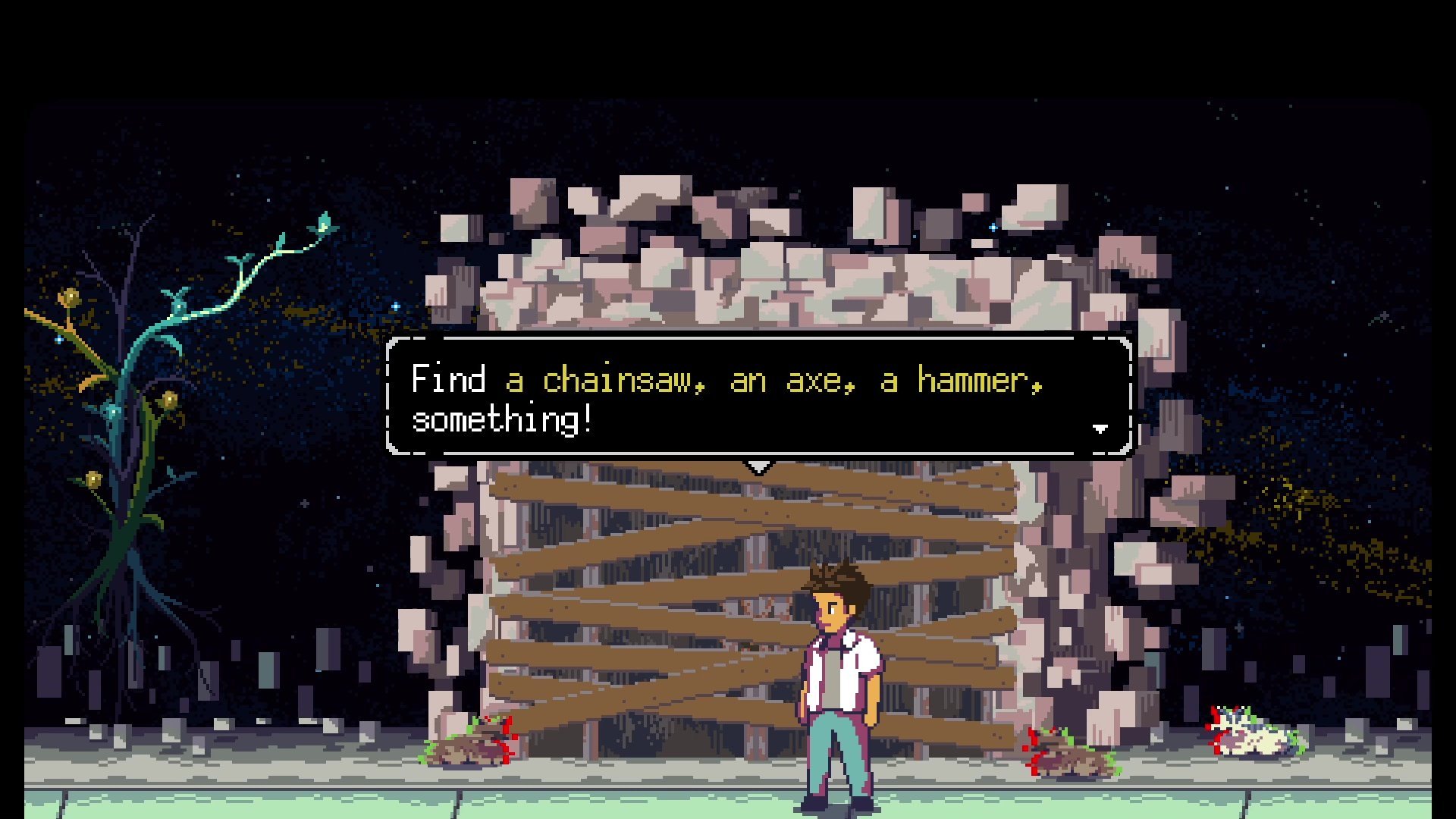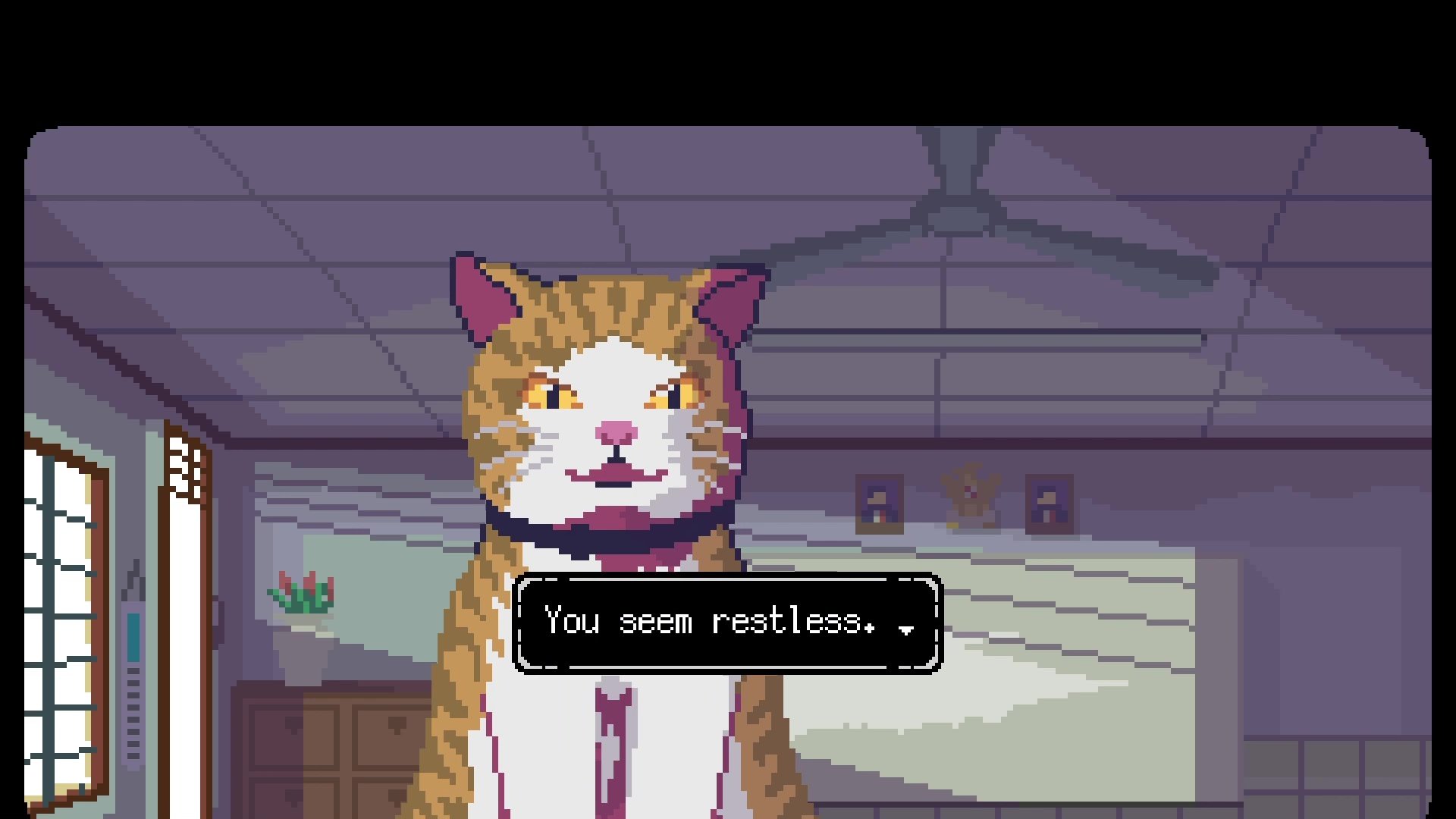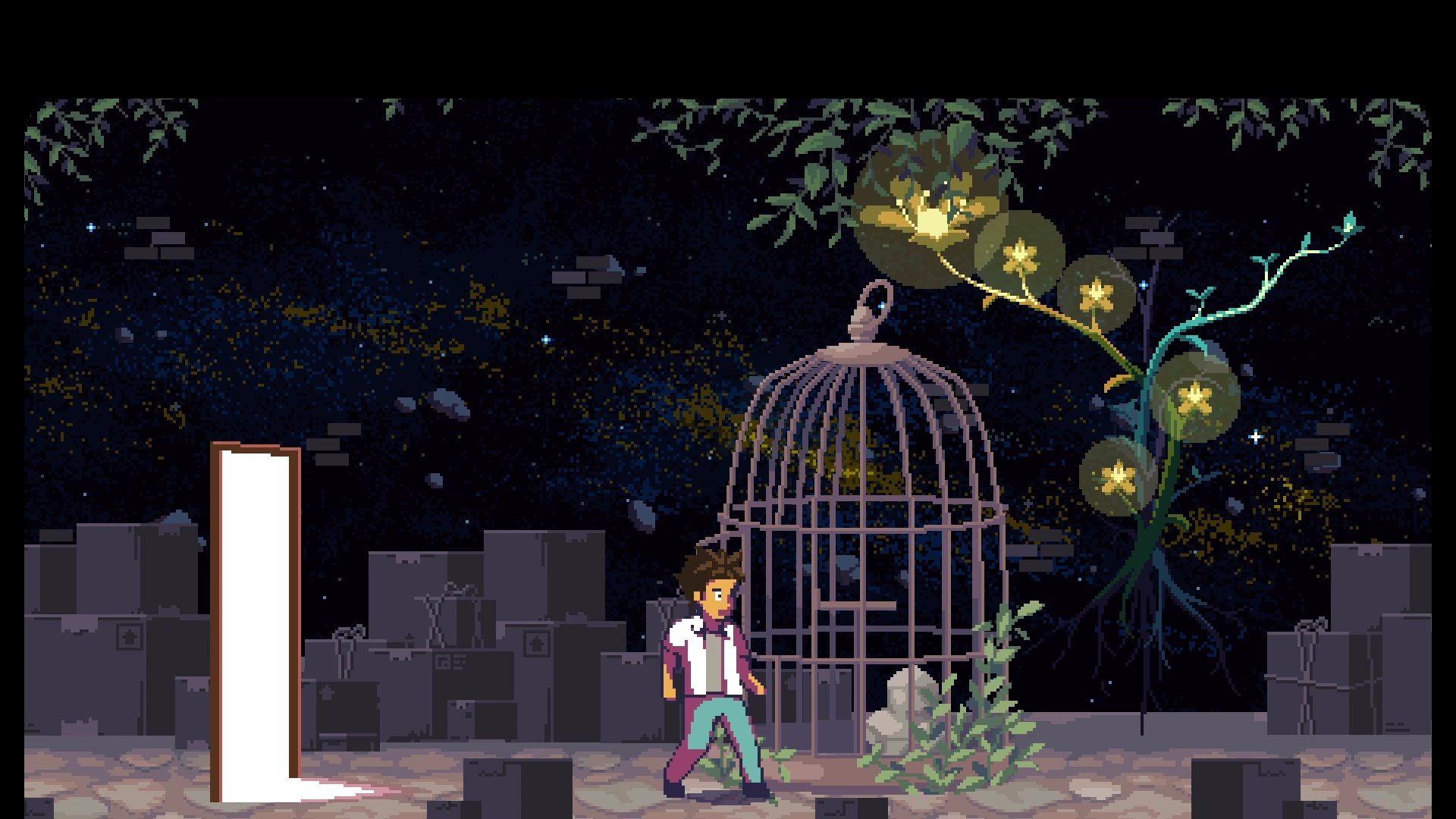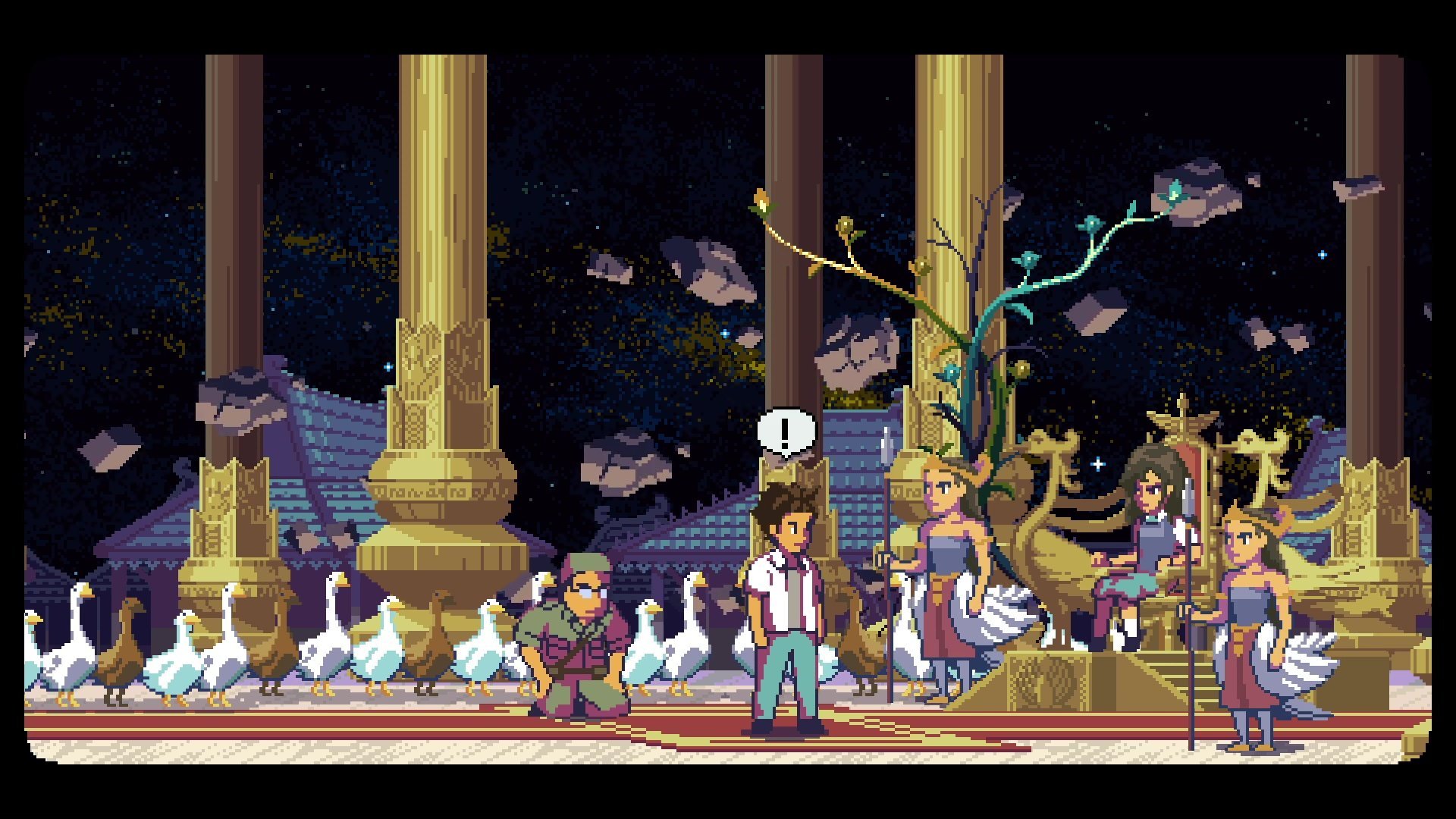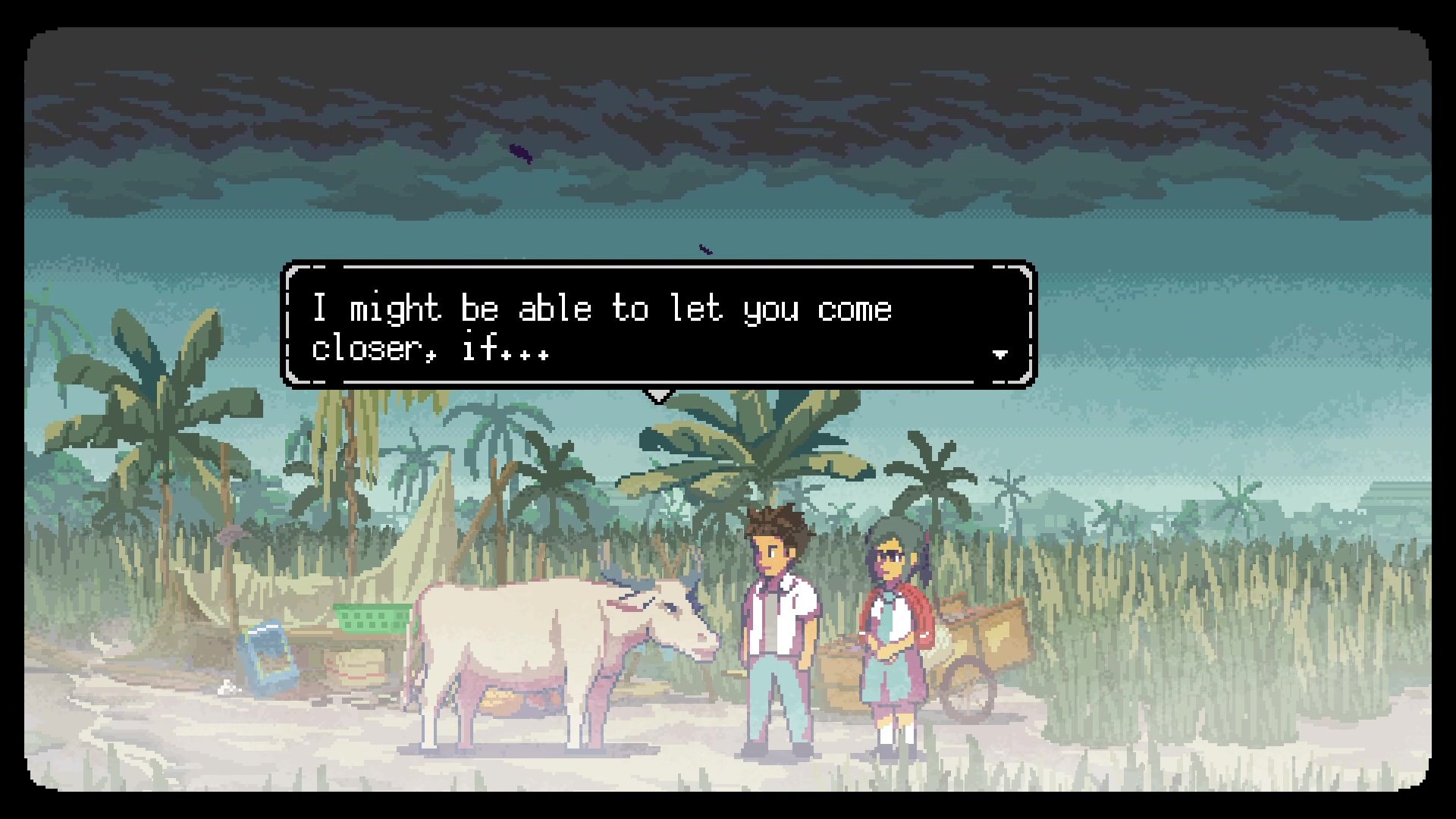REVIEWS FROM THE COUCH
A Space For The Unbound
A Space For The Unbound
PUBLISHED
ULTIMA MODIFICA
1a VERS. INGLESE
25 May 2025
25 Maggio 2025
07 August 2023

GAME INFO
Title: A Space for the Unbound
Year: 2023
Release Date: 19th January 2023
Developer Mojiken
Publisher Toge Production
Genre: Action-Adventure
Tags: [coming soon]
RECEIVED FOR FREE
(Game Key from the Devs)
ACCESSIBILITY
Input Keyboard, Controller
Lingua: Multilanguage
Subtitles: ✓
Voci: X
ITA: X
Trigger Warnings
TWs spoiler important parts or endings, thus are hidden.
- Bullism
- Depression
- Abusive Parents/Family
- Mental Illness,
- Death (of animals and people)
Credits
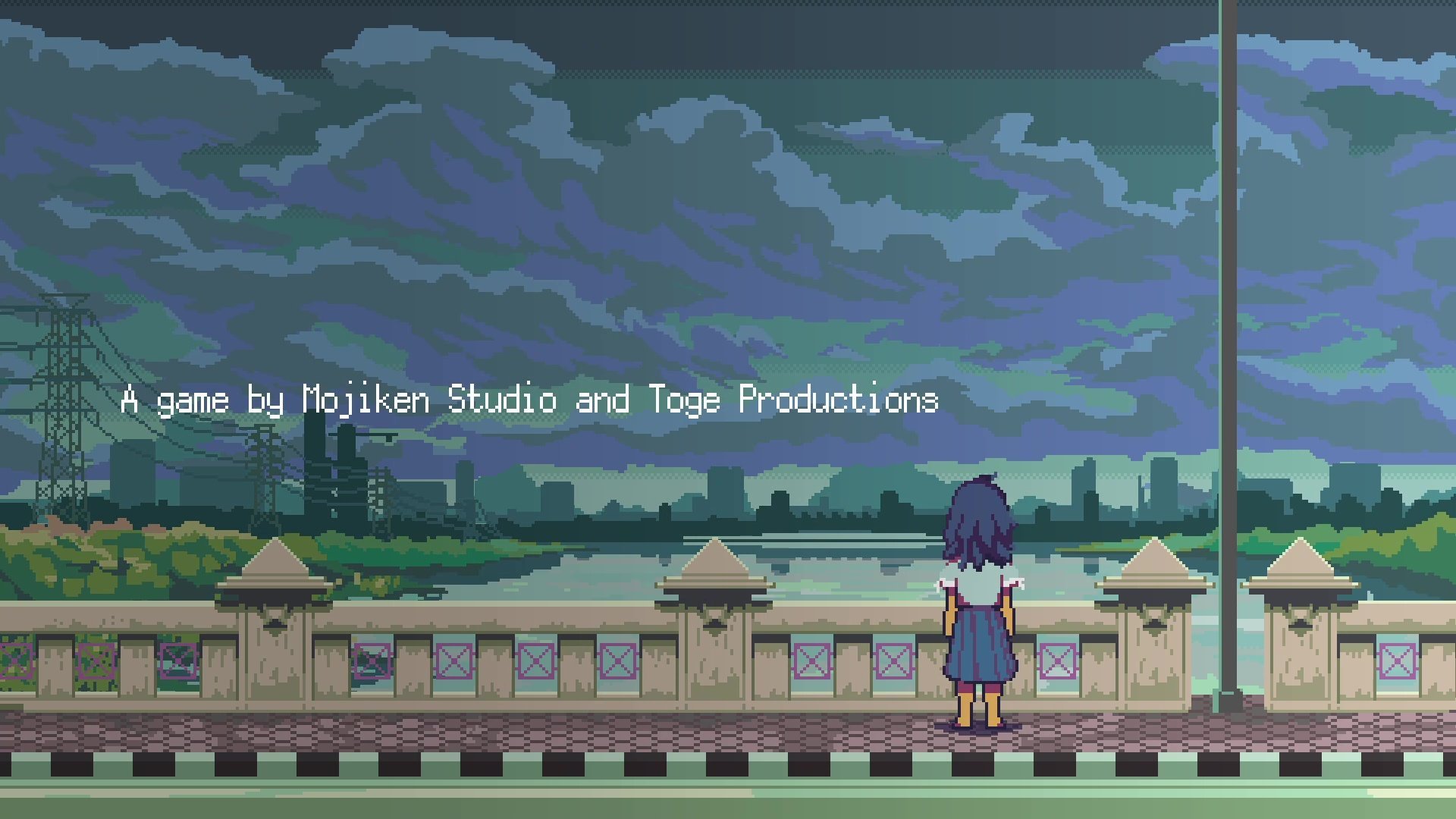
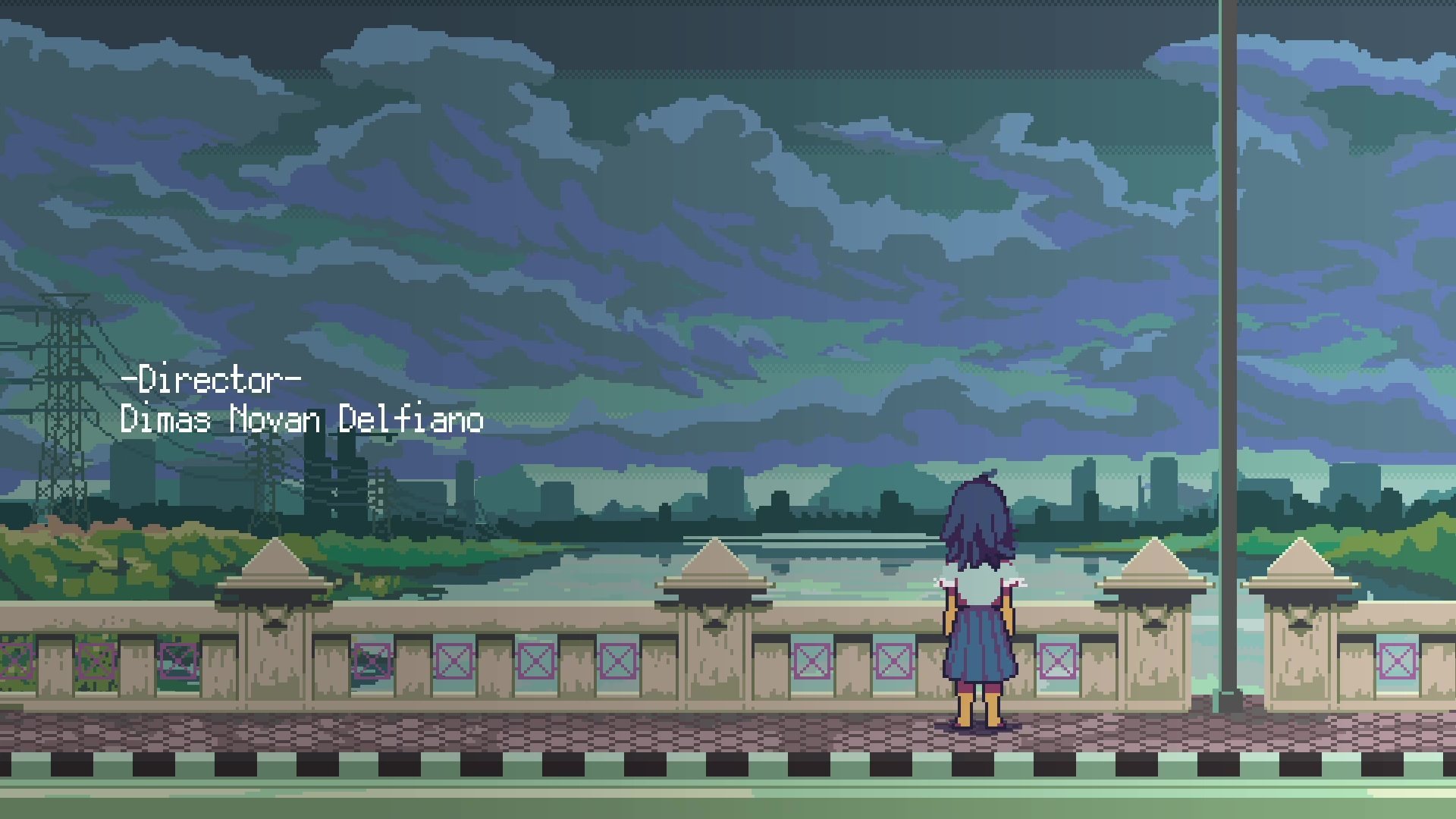
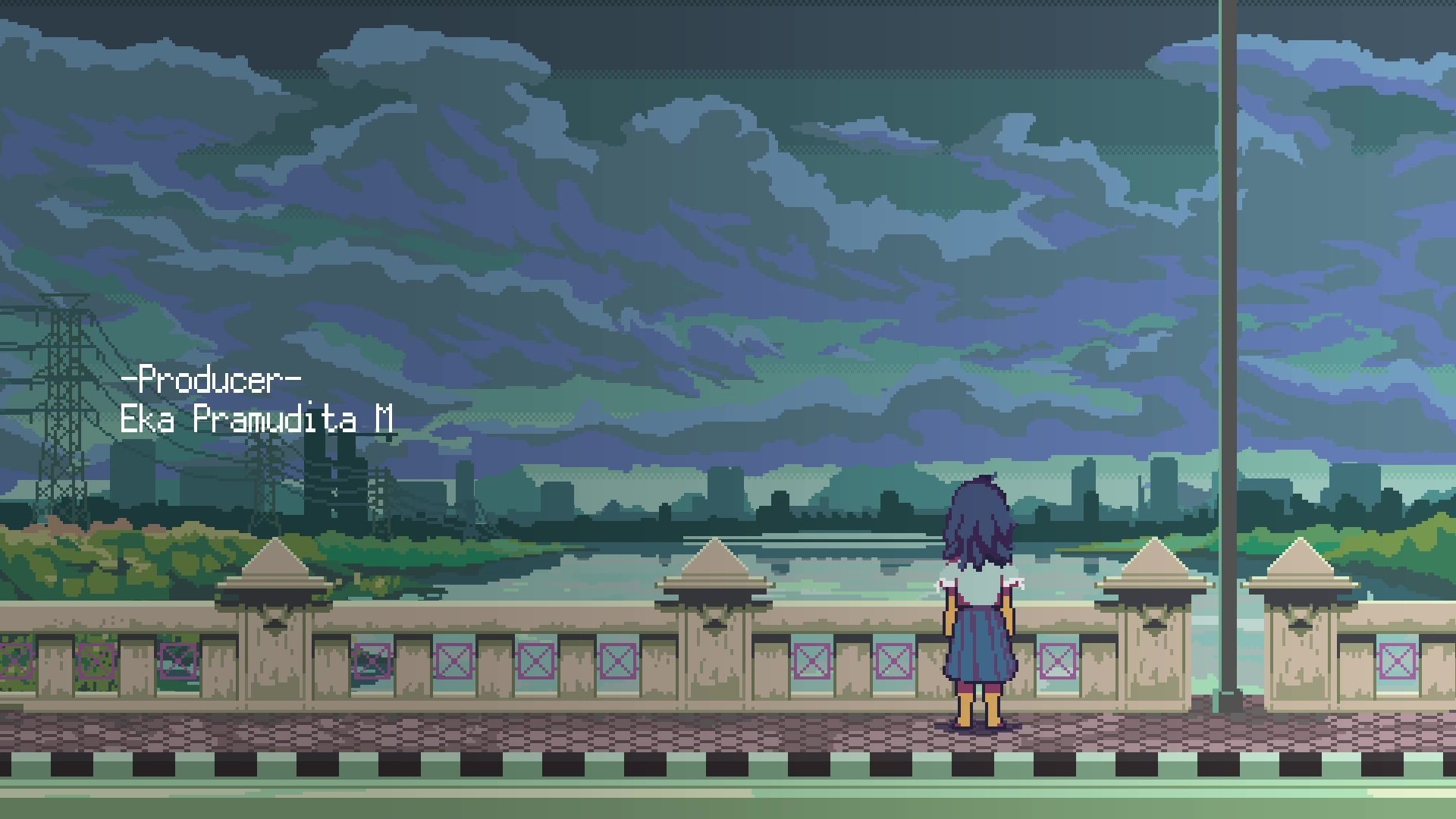
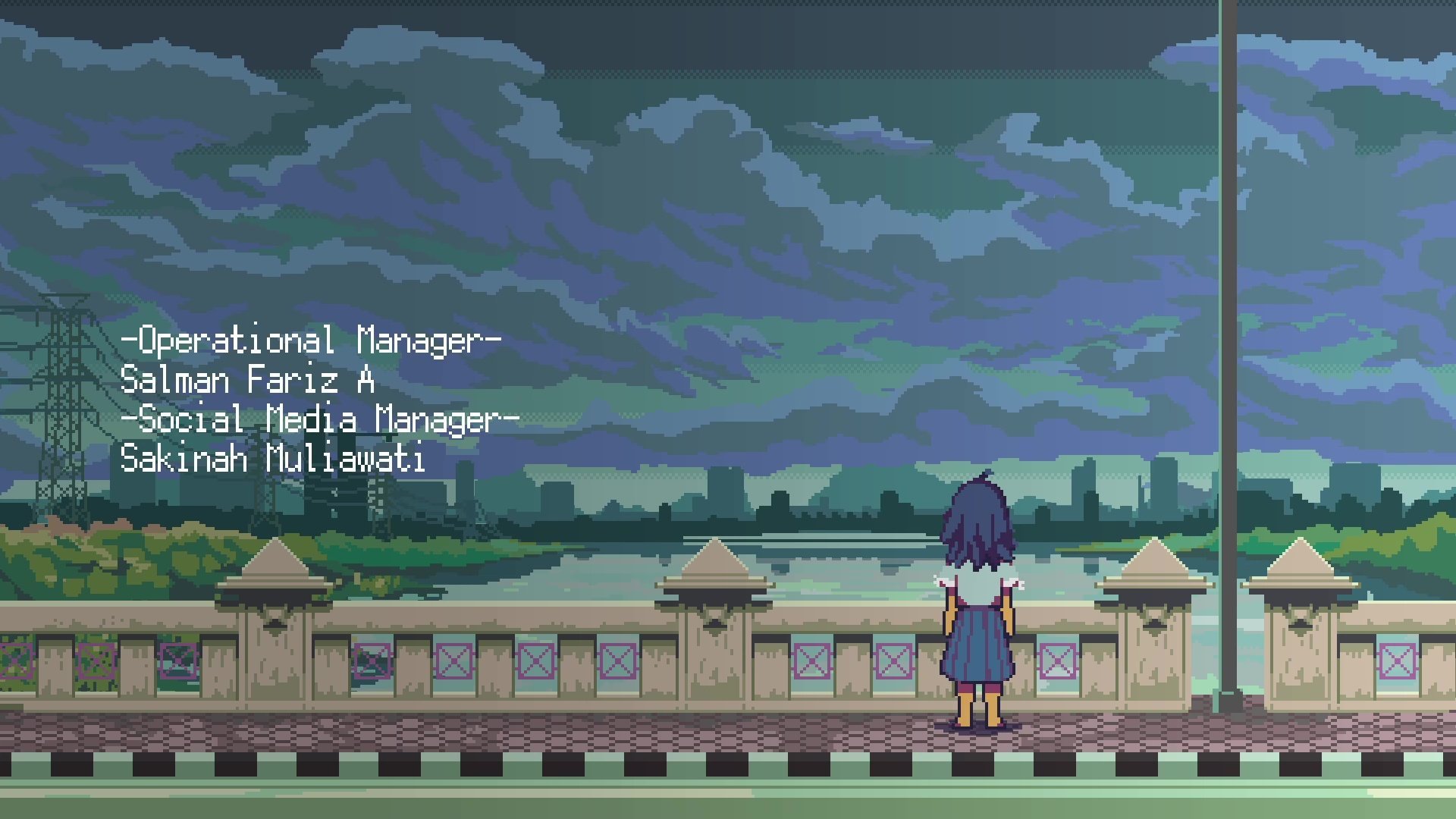
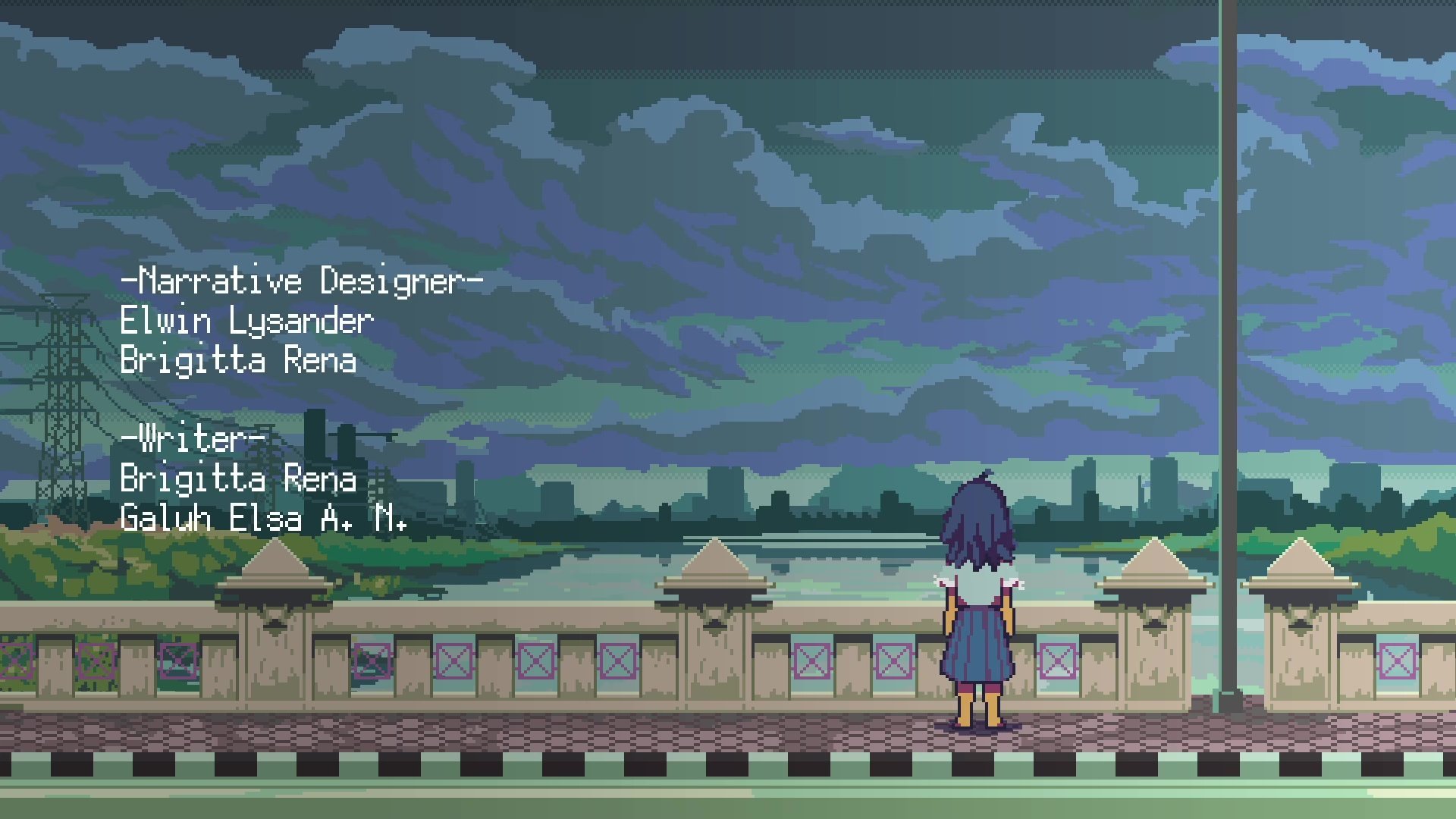
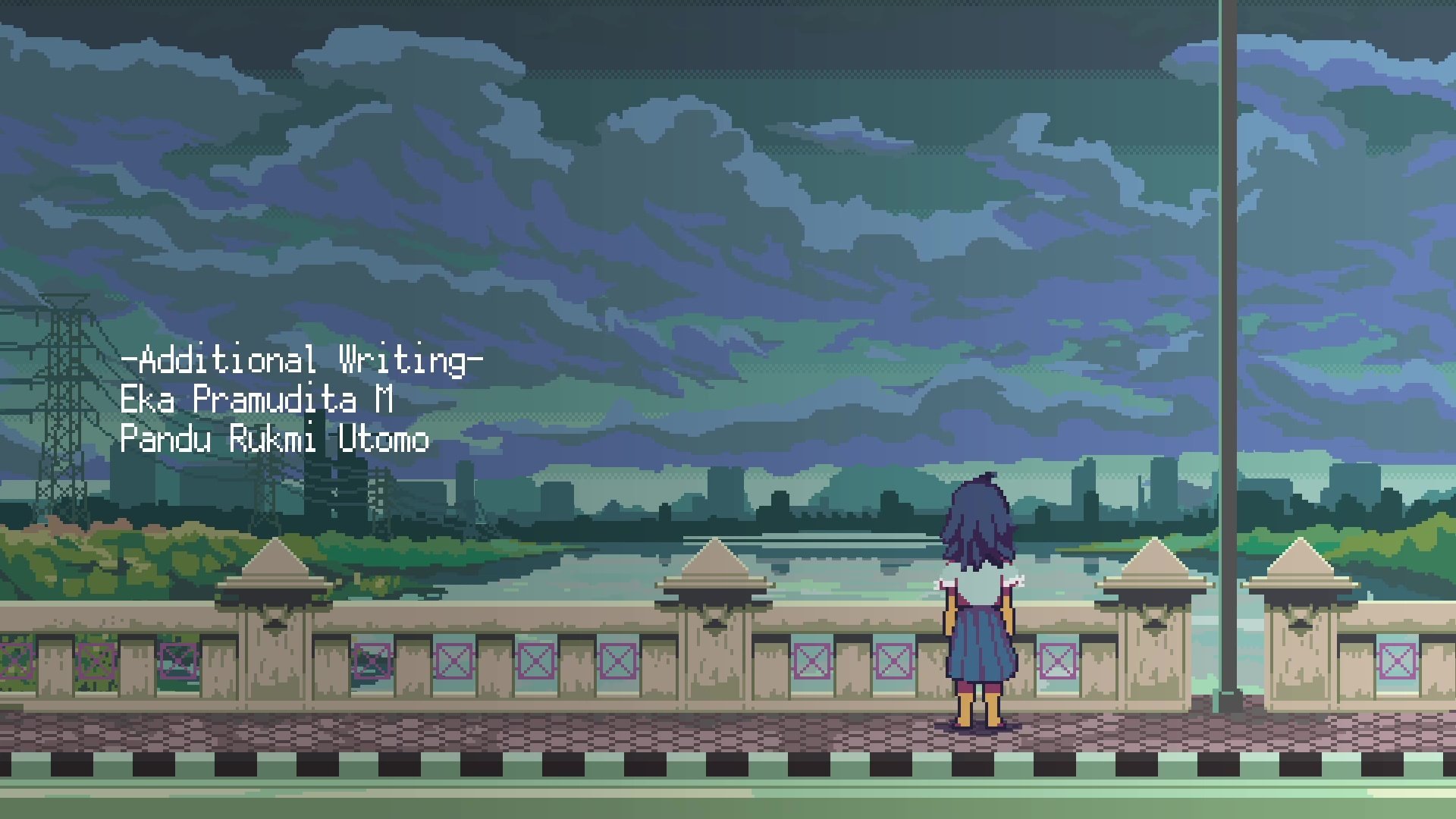
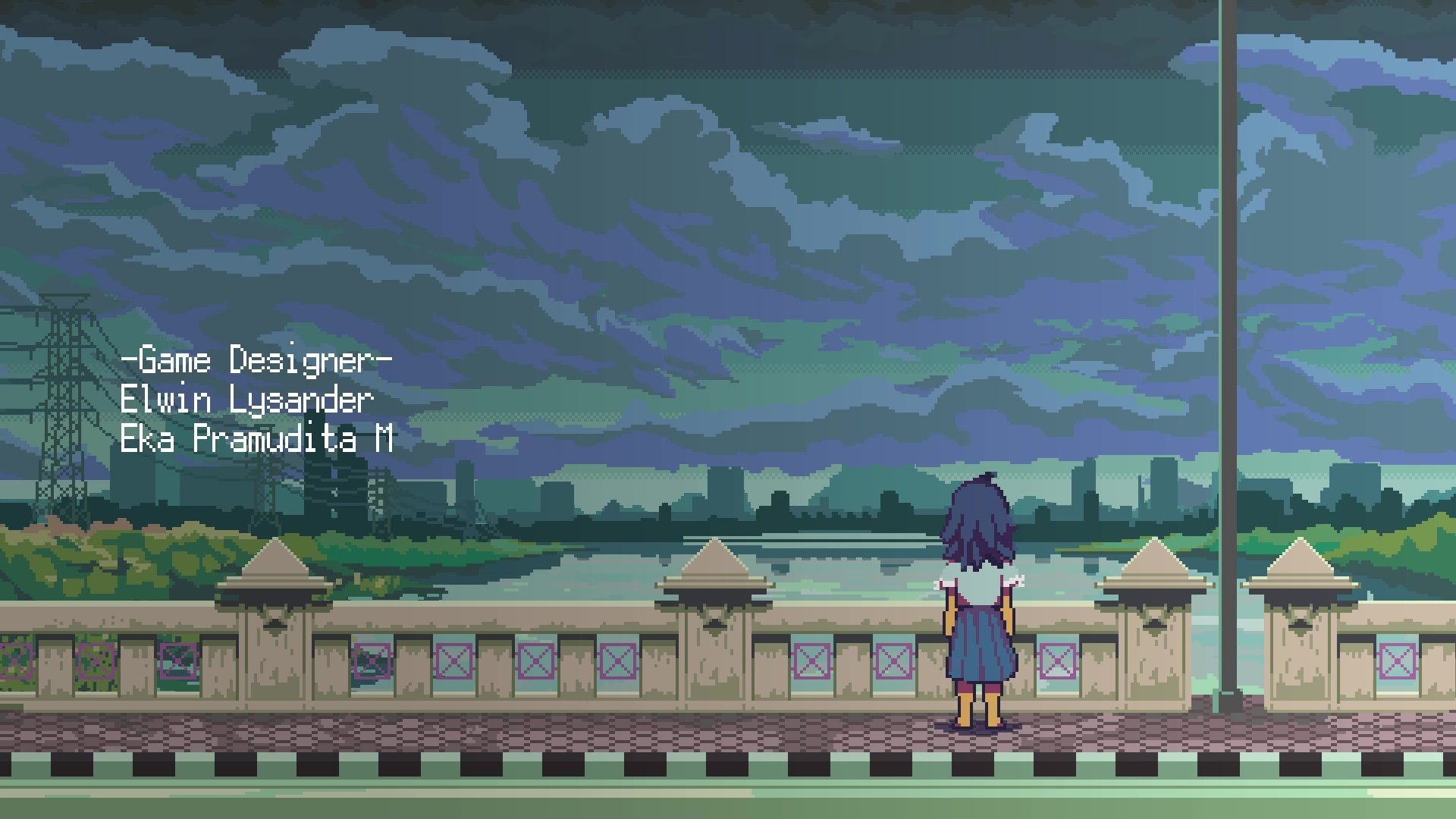
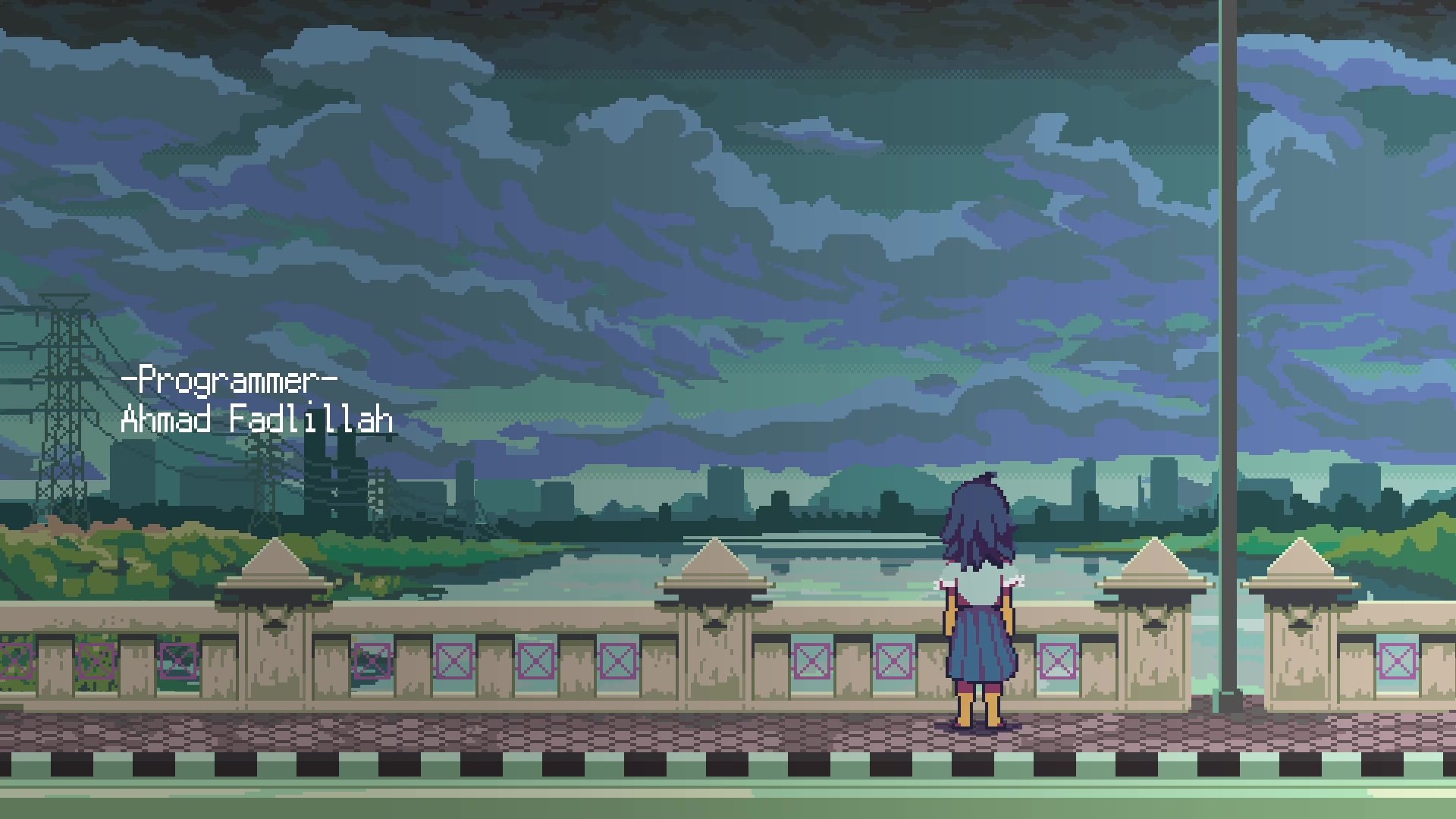
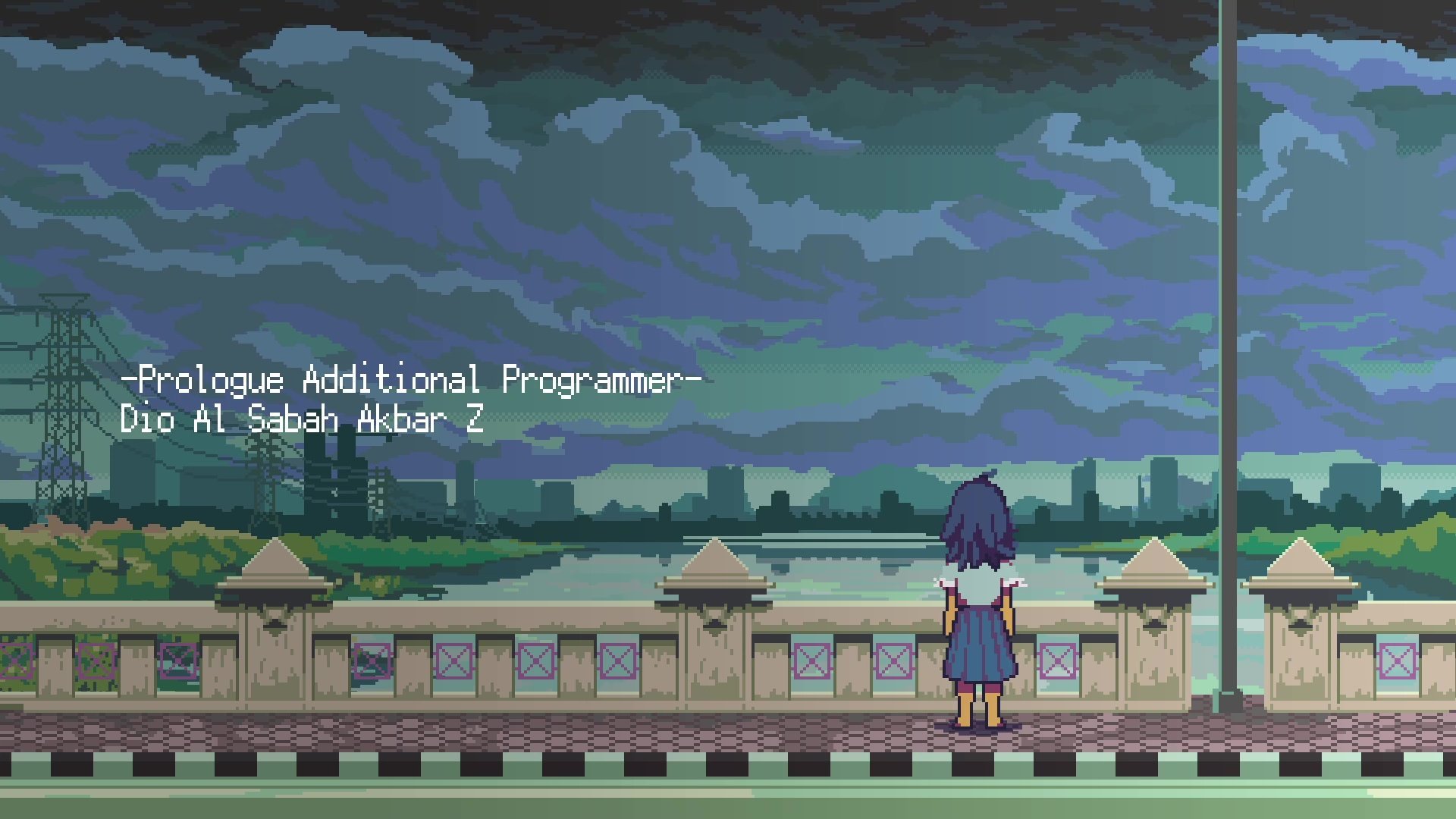
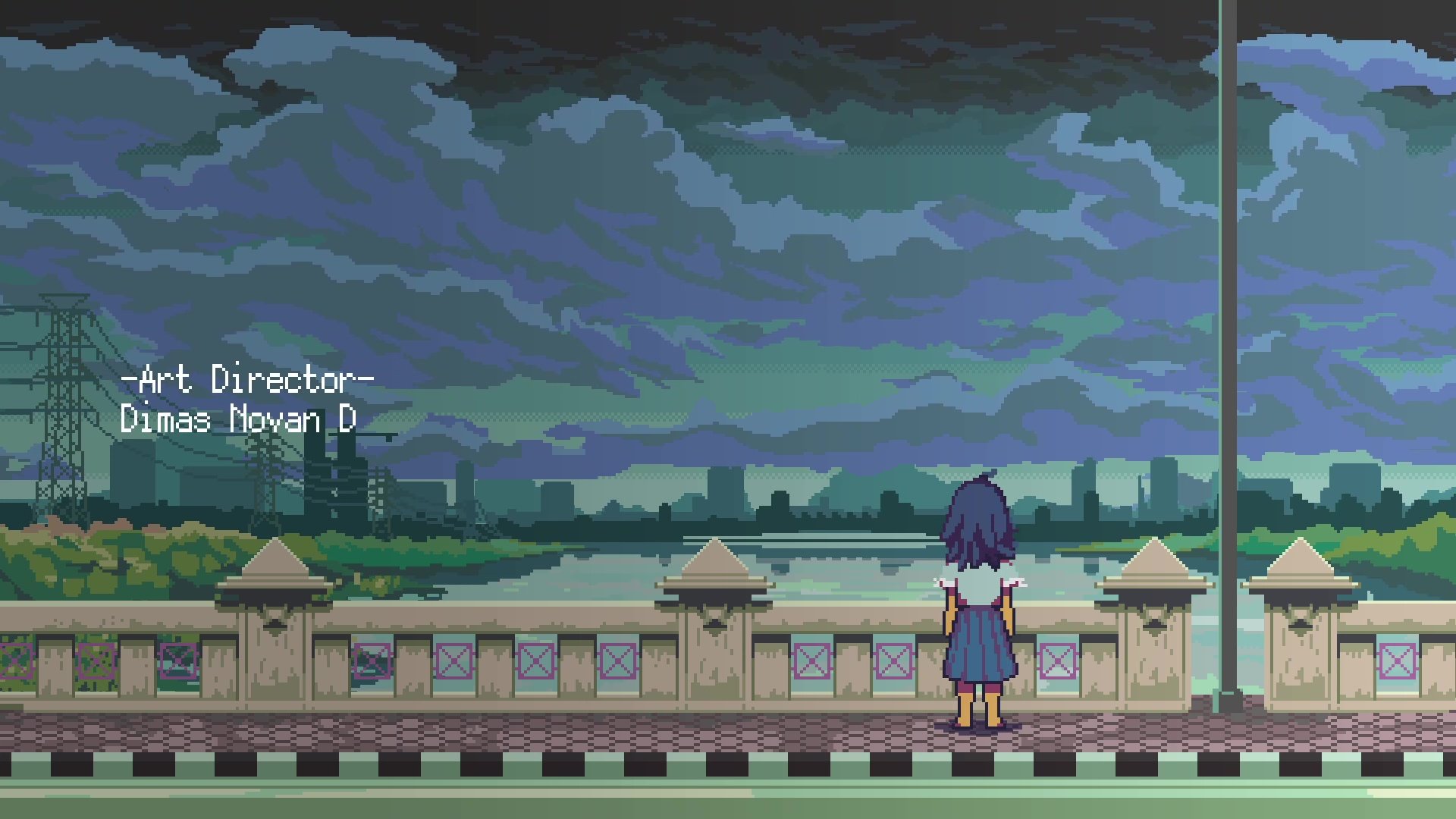
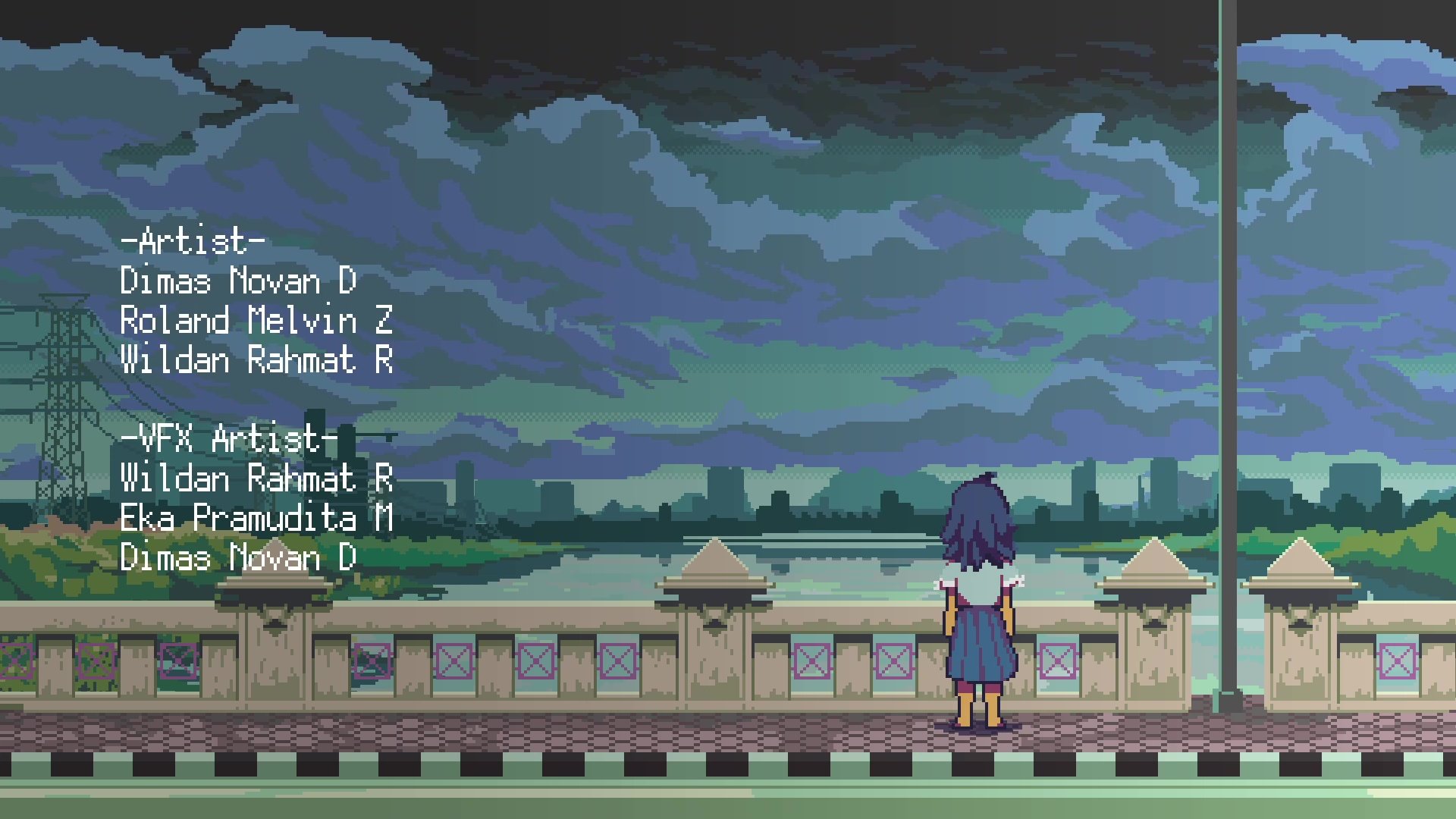
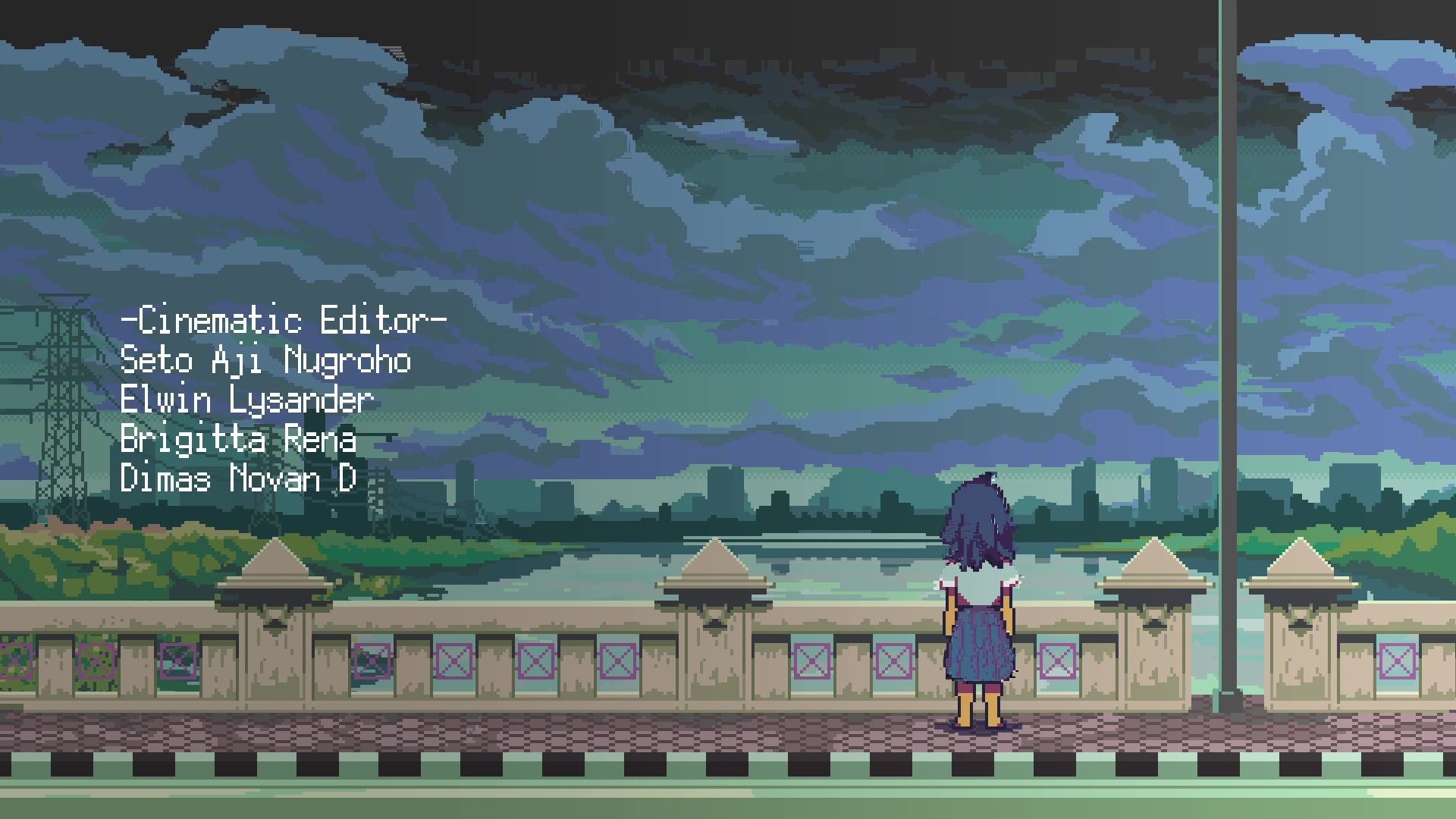
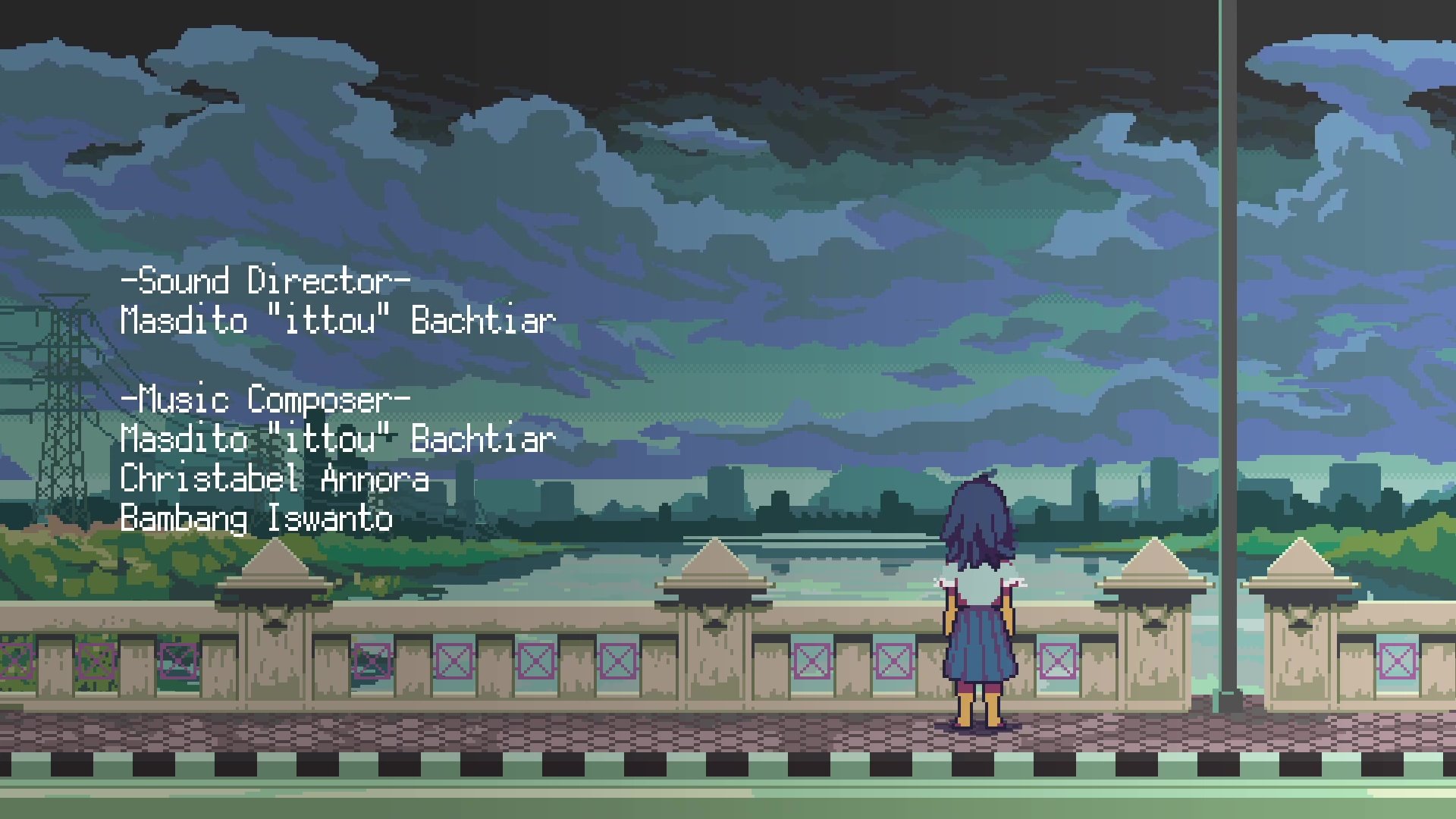
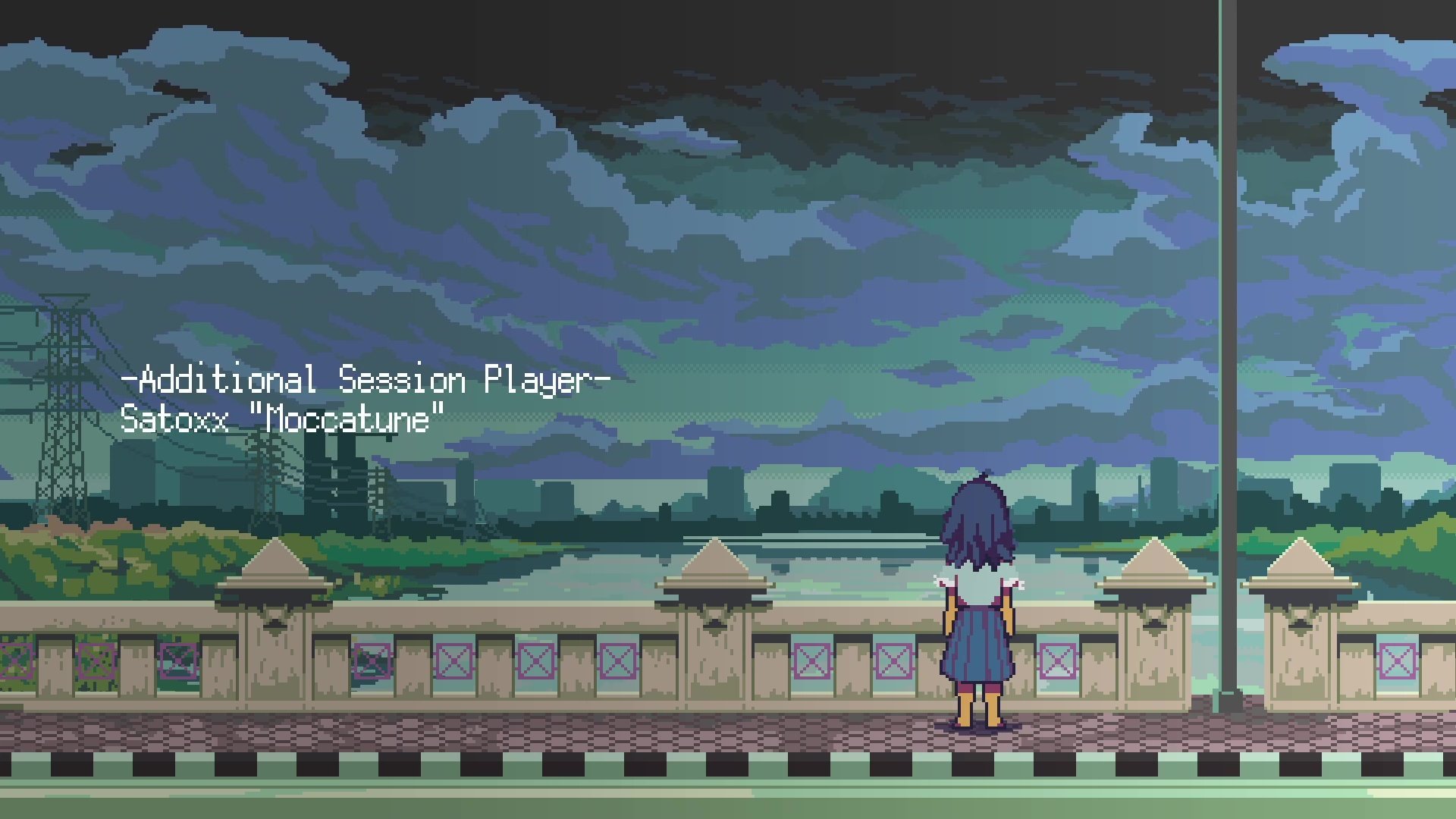
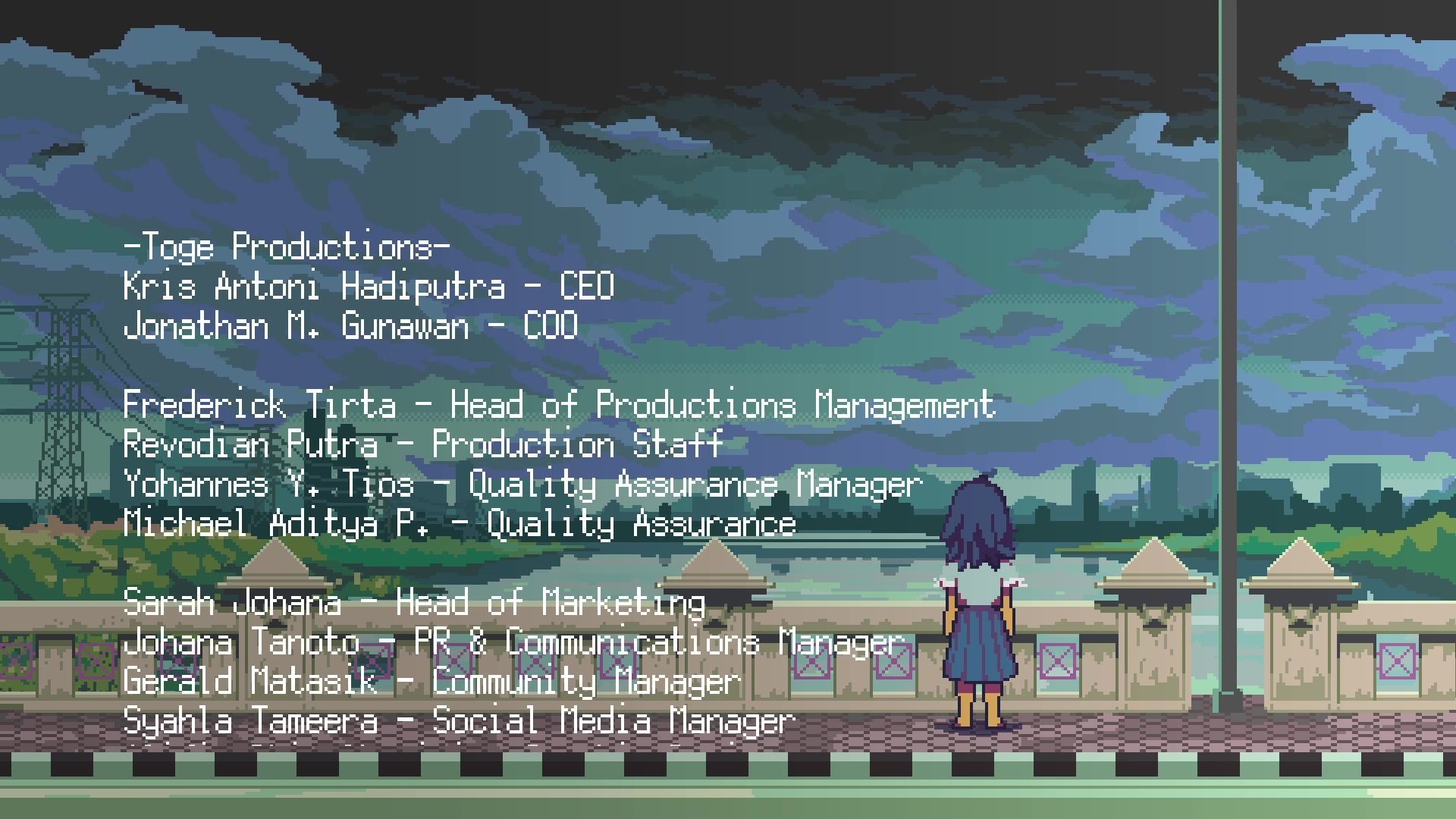

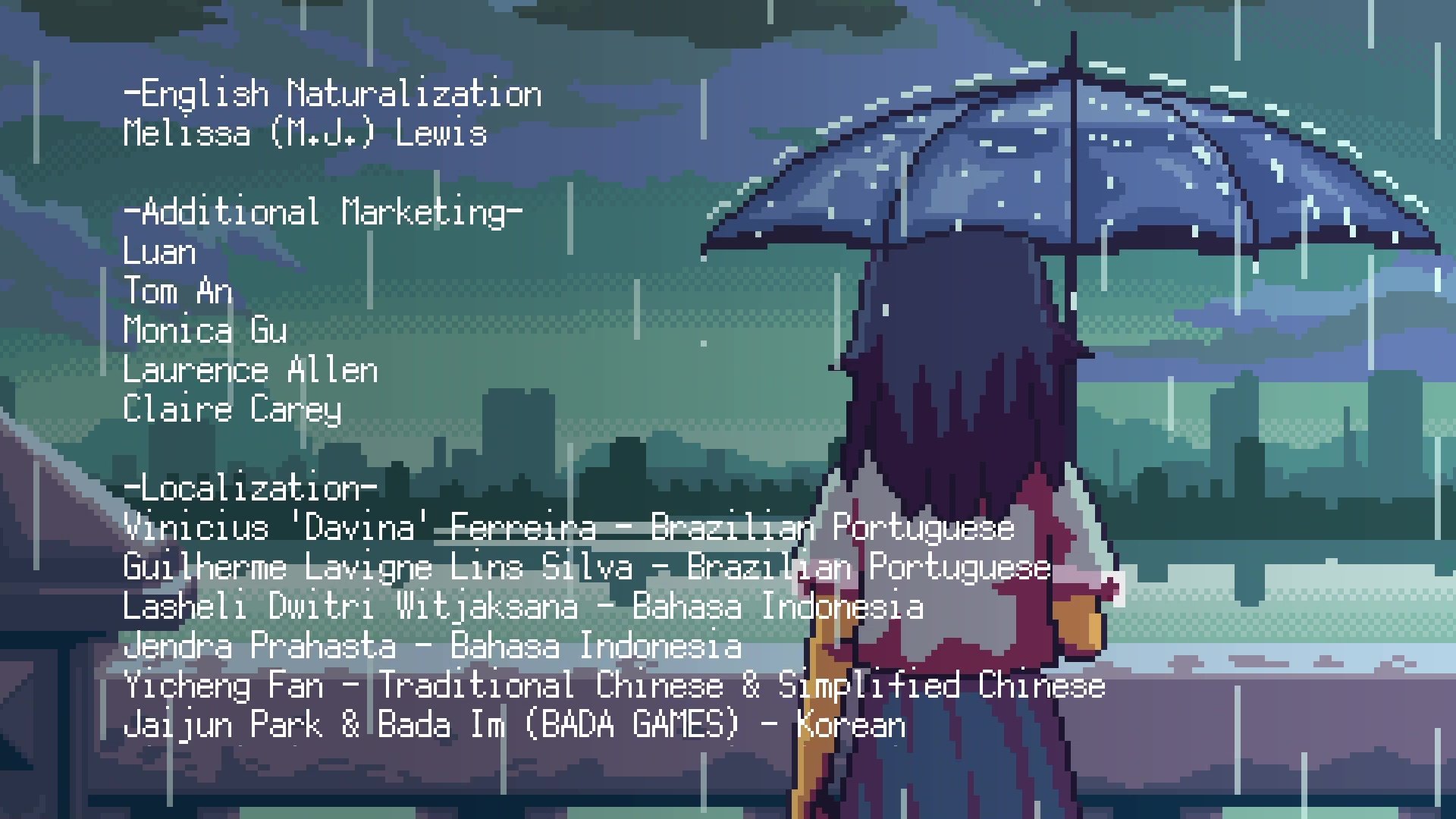
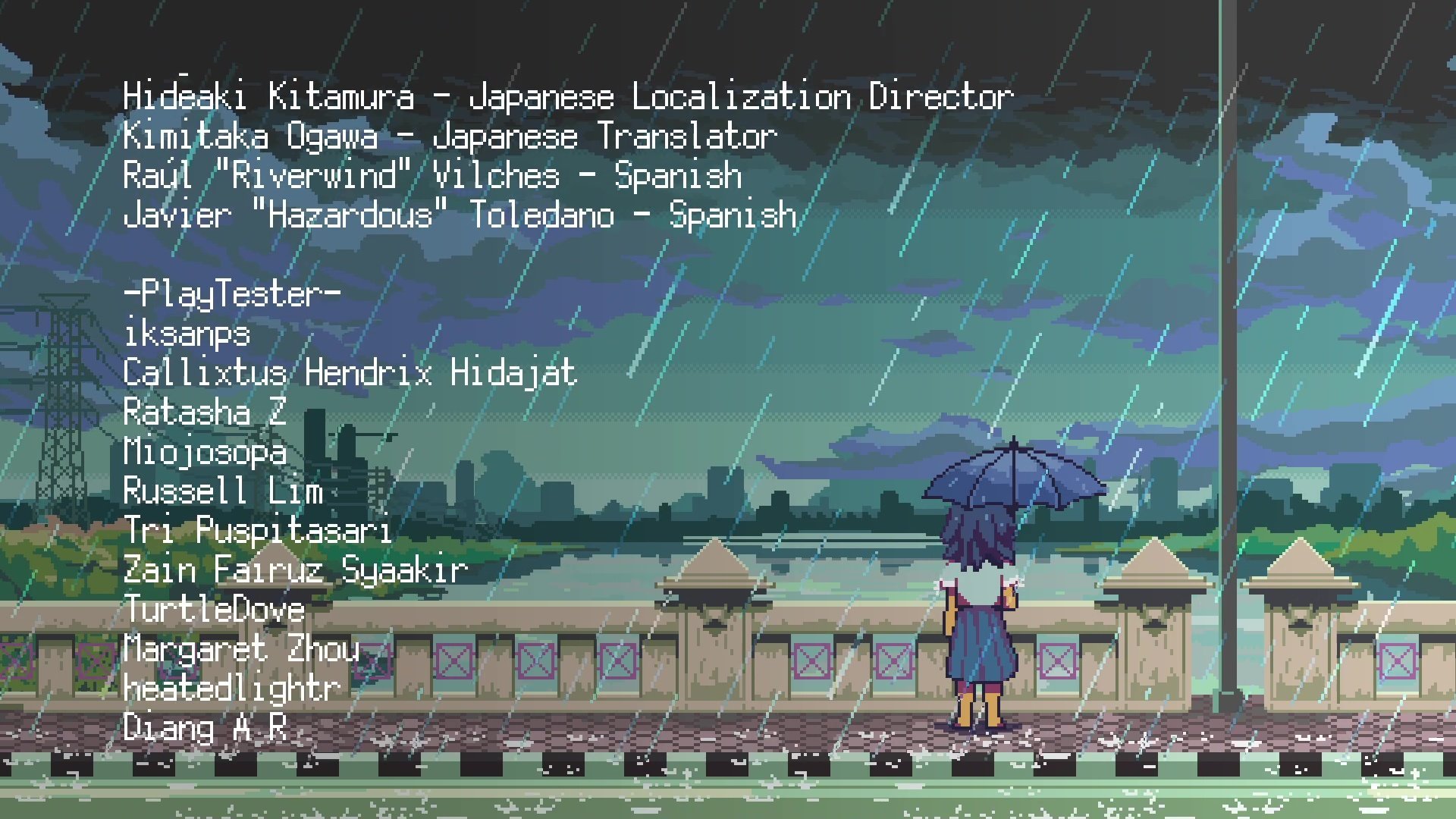
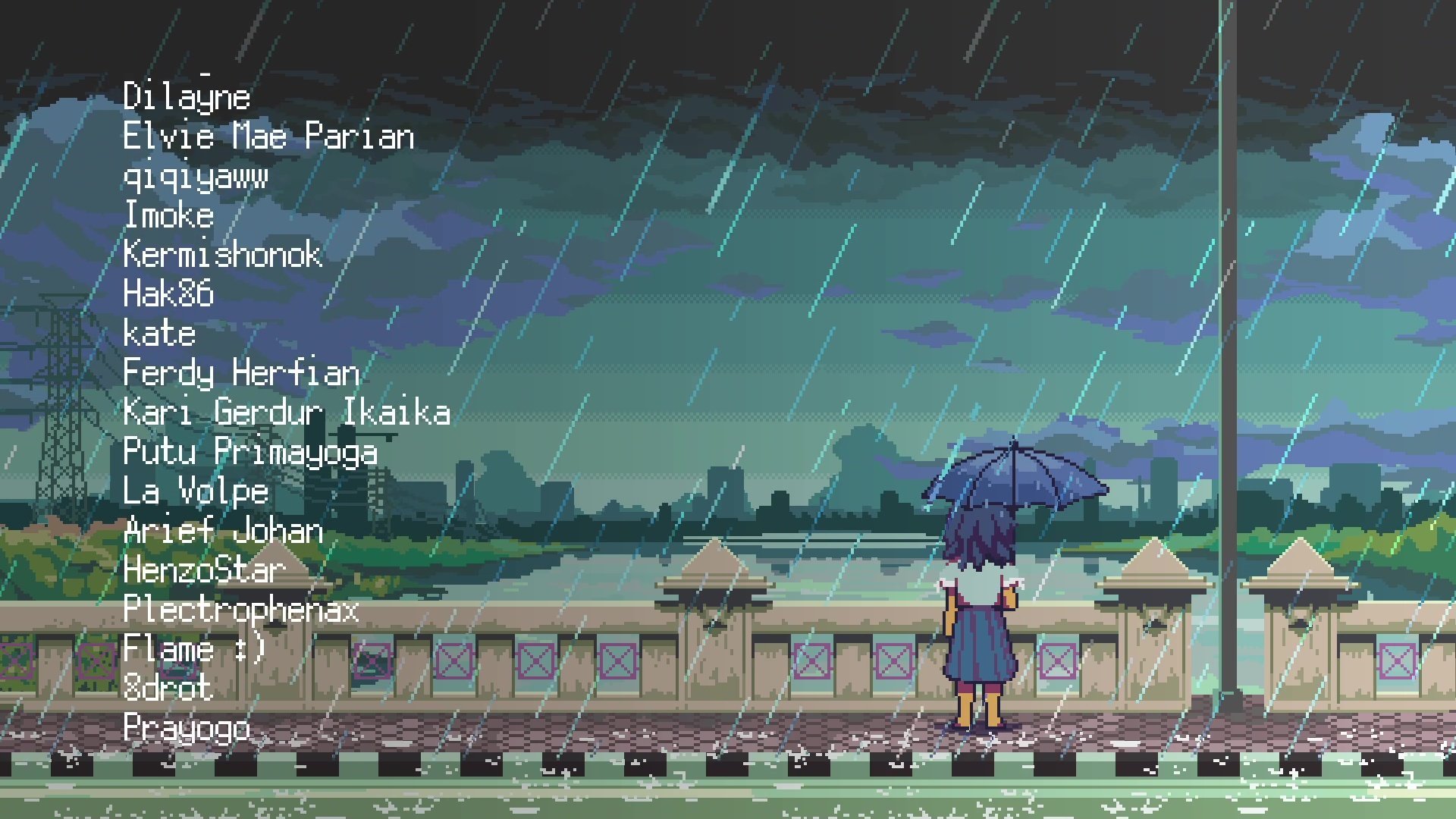
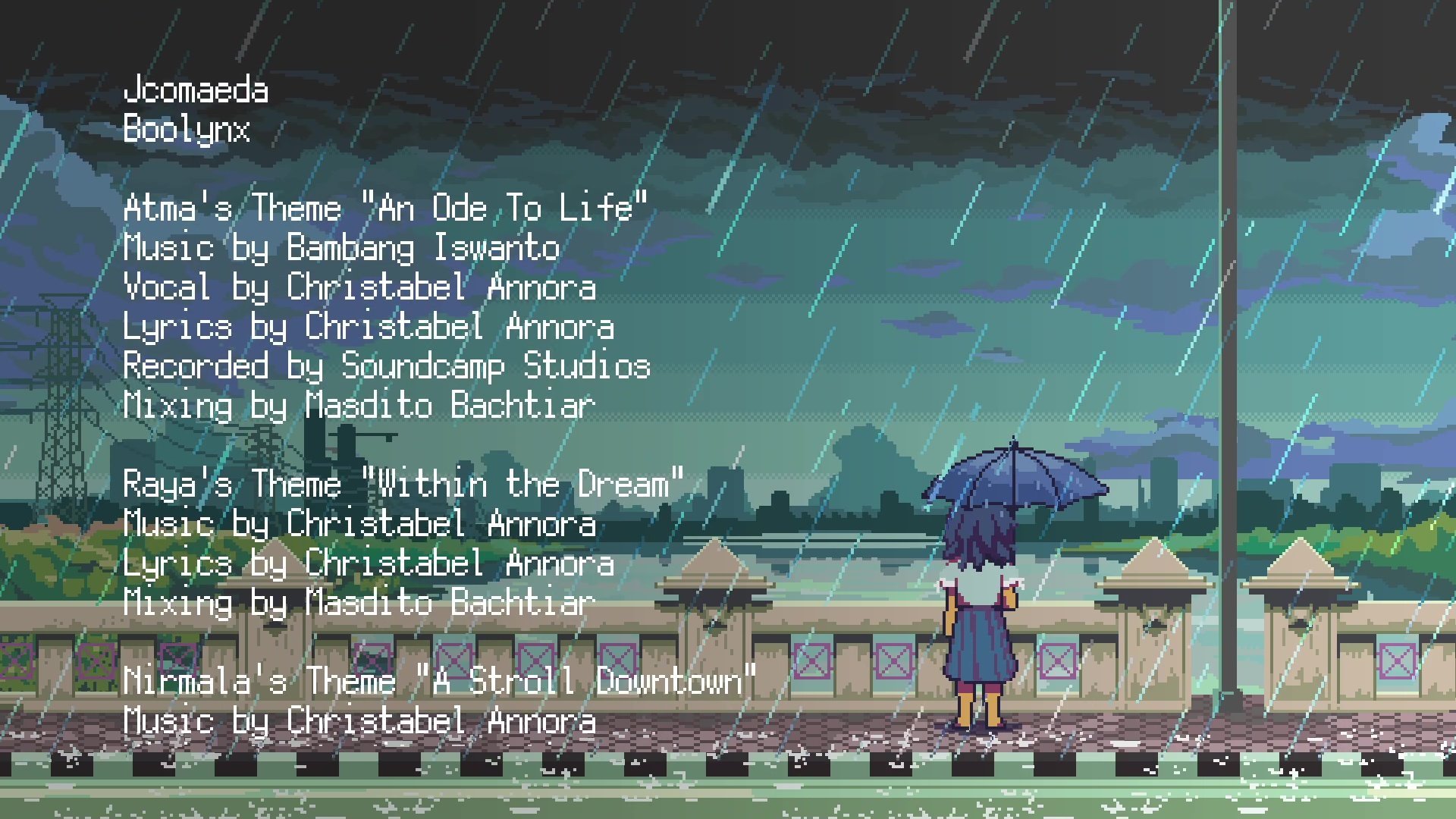
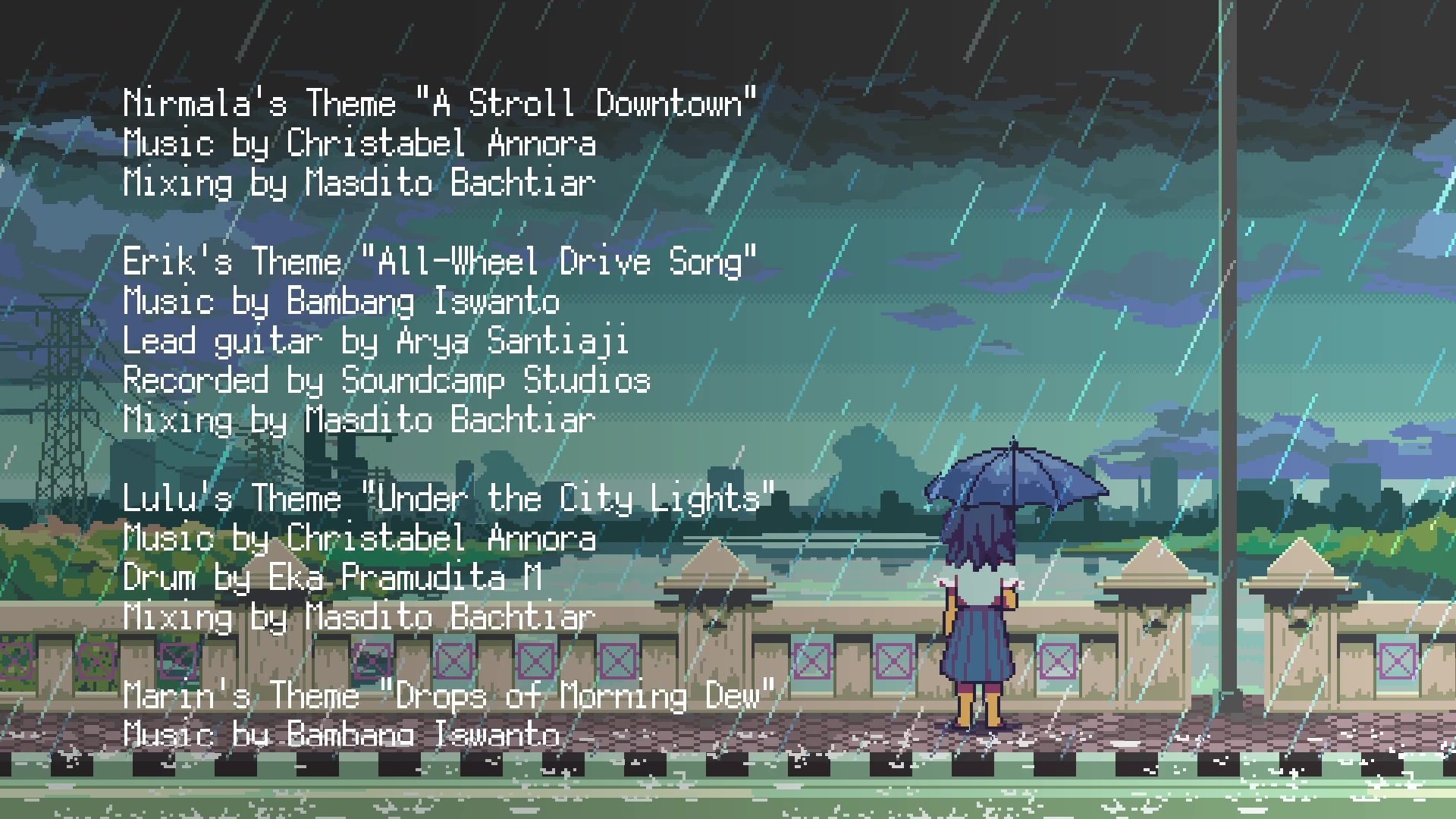
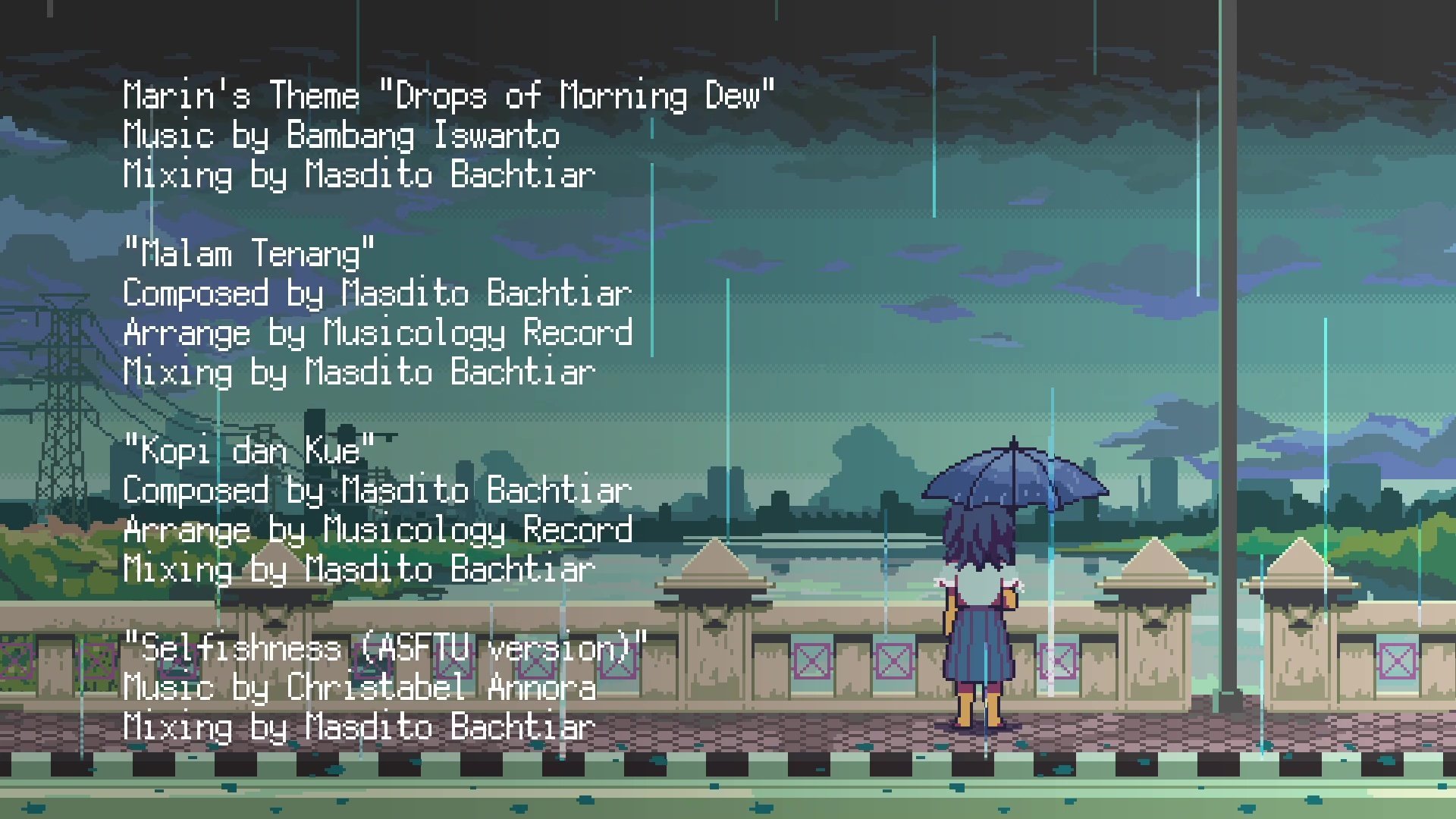
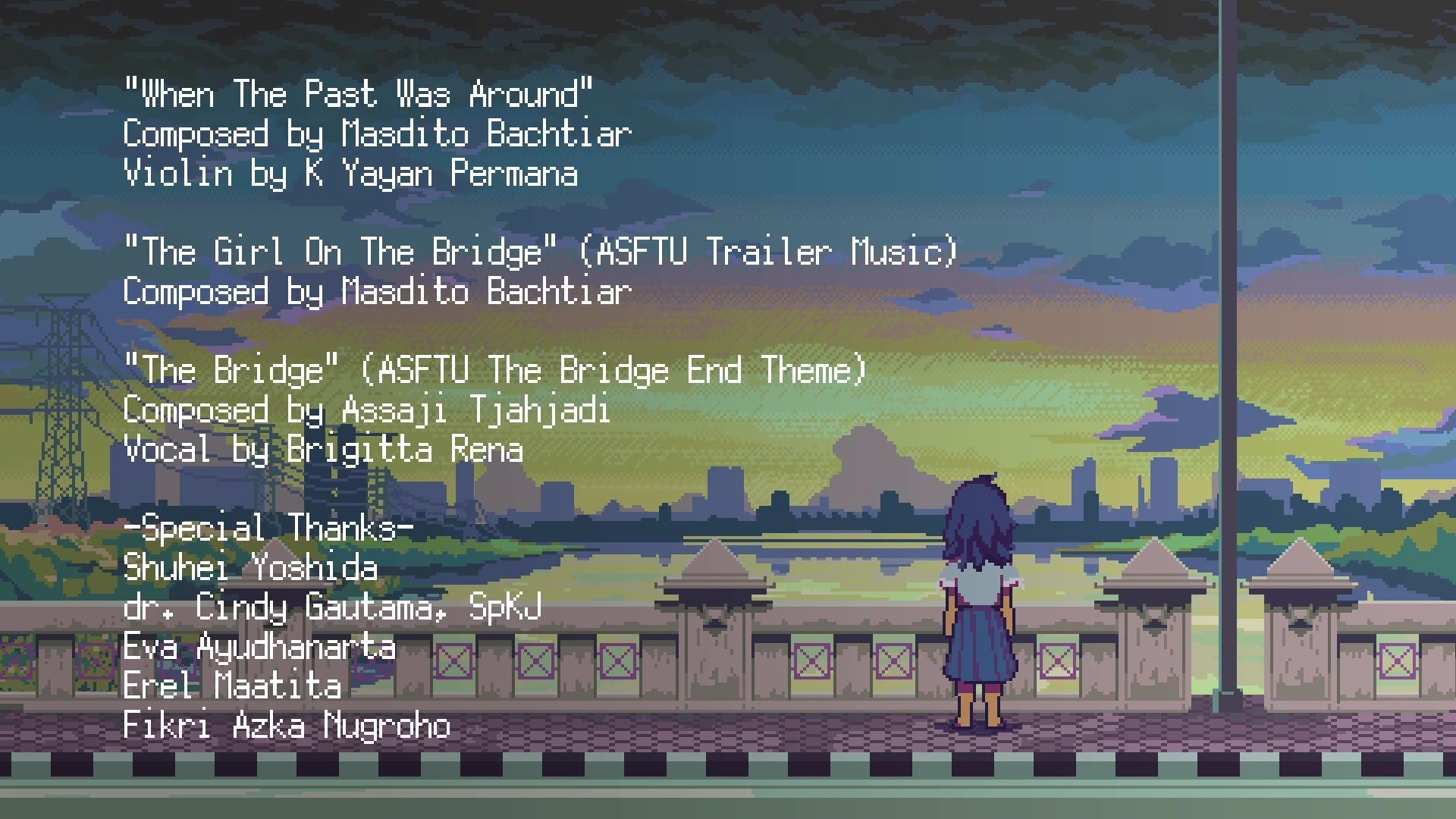
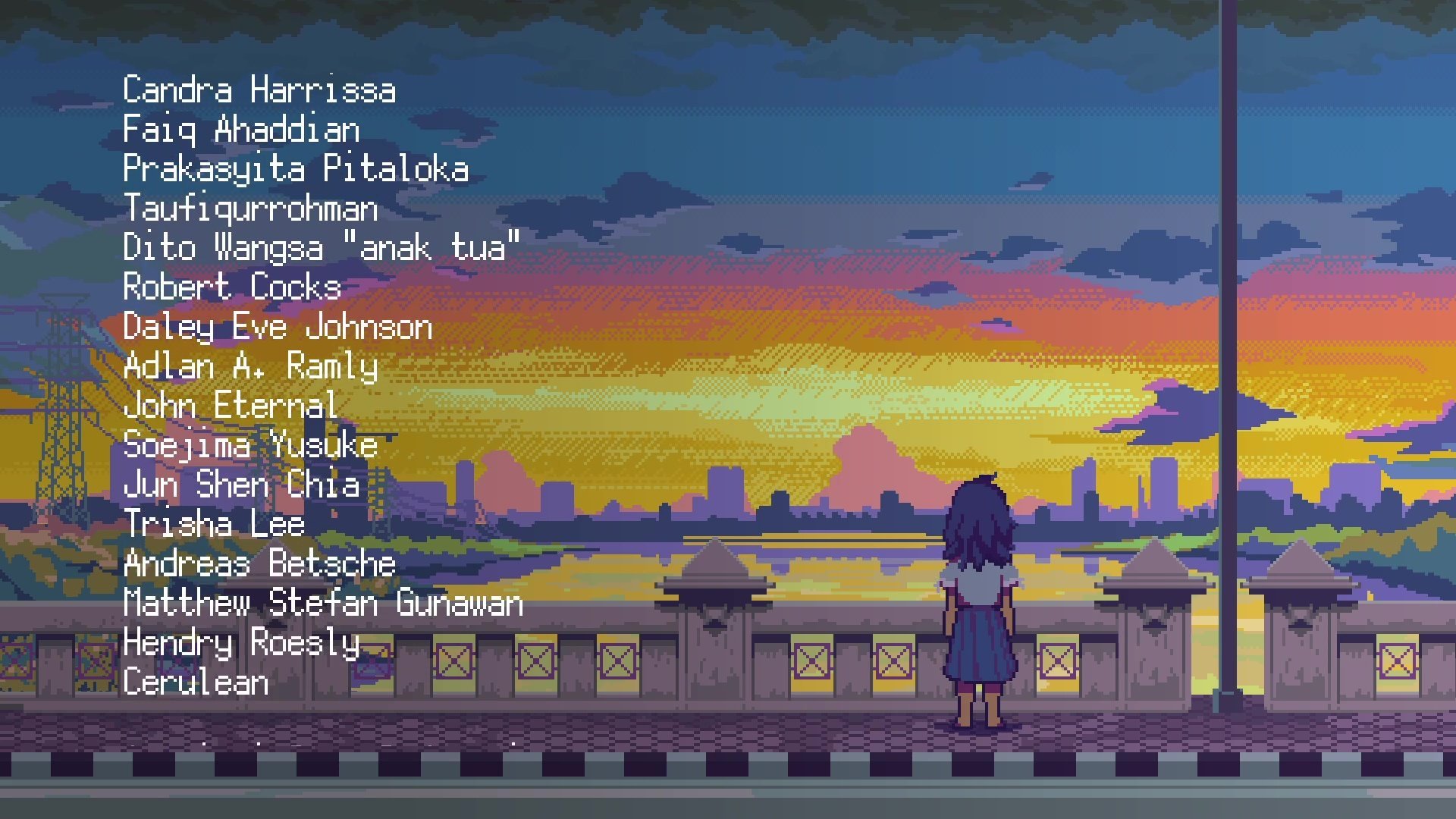
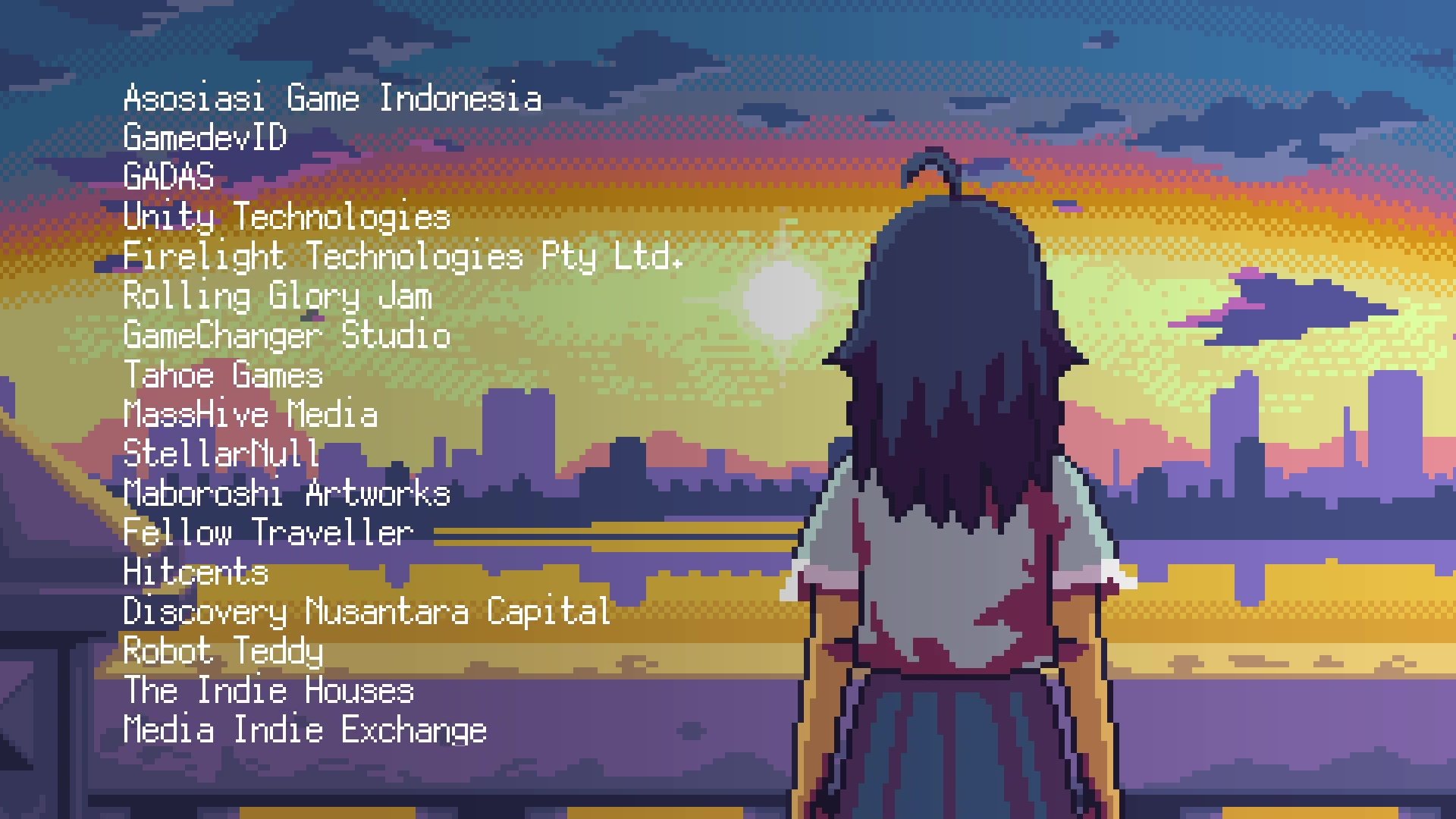
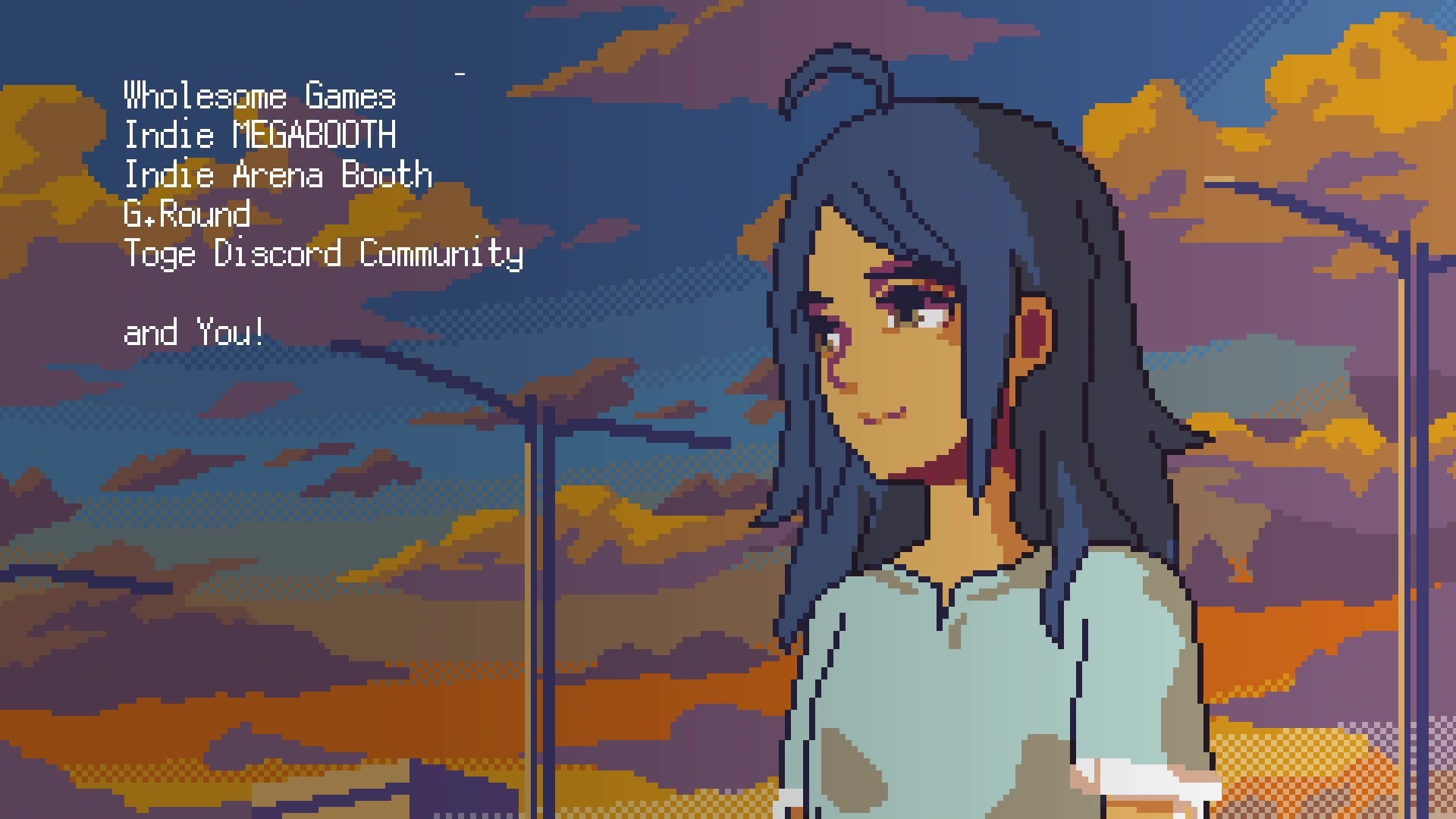
going deep down
going deep down
Introduction
A Space for the Unbound was another hook that caught my eye during a Steam Next Fest event. I played the Demo, I really liked it even though, again, it was a genre that I usually approach rather rarely and even less than usual considering that it is pixel art (or something that imitates it) and you know, pixel art and I don't exactly go hand in hand.
Nothing against pixel art, let's be clear: I consider artists who create pixel by pixel a strange kind of sorcerers, because even I, who am considered among the most patient people on the face of this planet, would not have enough patience.
It's just a simple matter of personal taste.
Similar to other games, when Mojiken opened up the ability to ask for keys, I gave it a try and they were more than gracious in granting me one. And from the way we messaged each other back then, I have to say they all seemed like really nice people.
Thank you so much Toge Production and Mojiken for the opportunity!
Story
Ok!
A Space for the Unbound is a wonderful and formidable story that I never expected at first glance.
The game welcomes us with a drawn scene between the "South Star Princess" and a black cat "The Cat" - which, we will soon discover, are the protagonists of a much larger story that will be told to us throughout the game.
This story is being written by Nirmala -a slightly strange and not very sociable girl- with the help of Atma, an older boy with the desire to become a writer, known recently and by chance.
The two are used to meet just outside the town, in an area where there is an old abandoned city train, where they are free to talk and fantasize without others' interference.
In one of these days, however, something different happens: after the two arrive on the bank of the river that flows into the city, Nirmala lets Atma know that she has forgotten the "Magic Wand" at home, which she needs to write the final chapter of the story.
Atma thus suggests to go and get her together but Nirmala makes him understand that her situation at her house is not the best due to her father and she doesn't want to go. Atma then goes alone, making Nirmala promise that she will not try to cross the river alone.
At the girl's home we discover that her father is aggressive and violent and that he constantly insults her for her inclinations.
Once the Magic Wand has been recovered, Atma returns to the abandoned train to look for the little girl, finding her in difficulty in the river that she tried to cross and into which she then fell.
In an attempt to help her, despite both of them not being able to swim, Atma appears to drown.
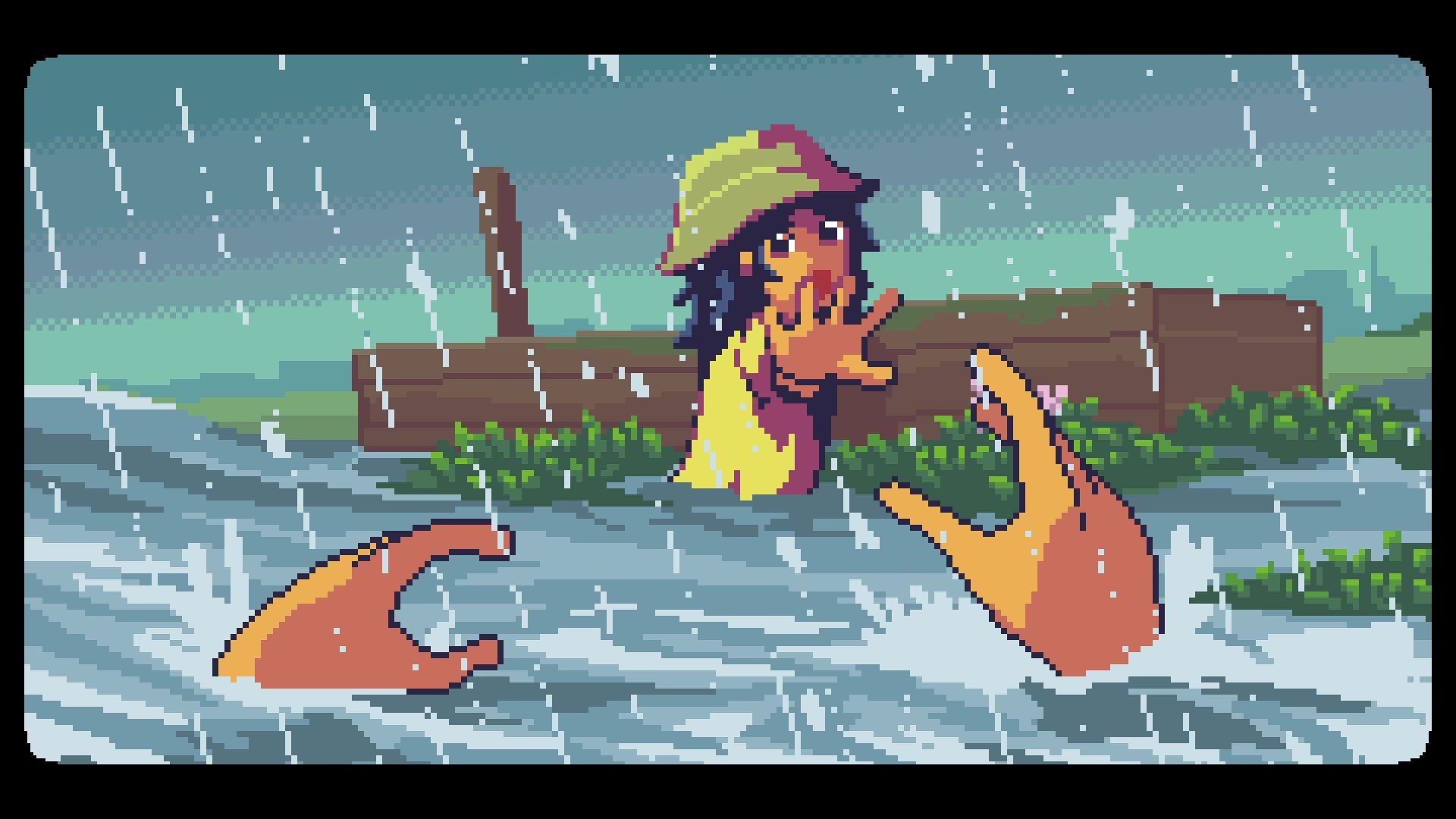
At this point the game offers us a new scene: Atma wakes up in class with a girl talking to him, Raya, who scolds him for falling asleep in class again and who claims to be her girlfriend. Although our first thought is that what we have just seen was simply a dream, the young man doesn't seem to have knowledge or memories of this new place: he doesn't recognize his class, nor Raya, nor his other classmates or teachers. Yet everyone seems to know him.
Raya will also quickly show how she possesses abilities that are hardly human and that, while they may seem fantastic at first glance, we will soon change our minds about them.
Why does Atma not remember anything of what seems to be his current life while he remembers the tragedy lived with Nirmala?
Chi è davvero Raya? Qual è il suo passato?
Does Nirmala and her story really exist? Did she really give Atma the Red Magic Book? And where is she now? What ties does she have to Raya?
Together with Atma, we'll unravel the truth surrounding Raya's extraordinary powers, and their enigmatic town. As we venture deeper into this bizarre reality, we will witness inexplicable disappearances, outlandish events, and the impending end of the world.
Visual Style
Ok!
The game has a side-scrolling 2D pixel visual style and is organized in "scenes". There's a fixed background and various foreground elements which you can interact with, such as houses, people and animals, urban elements or objects.
Animations are very simple and repetitive, in perfect old-generation style: the characters have a limited series of physical expressions, which are repeated in similar contexts and help to understand the language and the reactions of the characters, compensating for the lack of details due to the graphic style.
Although pixel art isn’t usually my cup of tea, I quickly got used to that and I must say it's really pleasant, even if every now and then its repetitiveness has got my nerves me a bit. This however is purely a problem of mine, it has nothing to do with either the production or the game, and it's one of the reasons I struggle with games of this genre.
There are many wonderful games in pixel art, which are as good as other different styles, be them 2D or 3D ones. Besides, the graphic style says nothing about the quality of the story or the content in general.
One thing that struck me about the graphics. is the exceptional amount of detail, sometimes even very small, that Mojiken was able to insert, managing to obtain an enormous depth of the environments and a very real atmosphere.
It's easy to understand, for example, what the aesthetics and architectural style of an average Indonesian town might have been like in those years, what kind of shops and businesses we would have found, how people dressed, where they gathered and what they did, what a school was like and how lessons were conducted. It's something I really appreciated, as it's a setting geographically far from me but in a real nation and time, albeit in the past.
Game Mechanics
Ok!
A Space for the Unbound really has a lot of different mechanics, all equally present and important, whether they are related to the core gameplay or the story in particular.
The story plays out much like the old 90s games it imitates.
The game is organized "in scenes", the environments are screens that change and are loaded by moving to the two ends of the screen or, when present, to a third point (such as the entrance to a road that remains in the center of the screen).
It is therefore not possible to walk continuously, with the game flowing automatically according to the character.
Every time you get to the edge of the screen, an icon will appear, making us understand that it's possible to go further, but only by pressing a button it's possible to start the loading.
We have an inventory where we'll put the item we collect during the gameplay, but in most cases they won't stay there for long. The items, in fact, can be used only within the current scene and when we move on, those still there will disappear when the new area/scene loads
We can access to the inventory both through the Red Magic Book and through a "wheel" with limited slots (but we'll never fill them all, or, at least, I never did) that will appear on the screen when we press the button.
You'll see all the items in there and you can choose what you need.
Personally, I didn't have a bad experience at all, either because the old-school setting reminded me of games from when I was young, or because everything is actually well-conceived and comfortable.
The only thing I found slightly confusing, was the map inside the Red Magic Book: it wasn't always easy to understand where I was and where I was supposed to go. Perhaps it'd have been easier if the map had rotated depending on where Atma was, so as to reflect the layout of the places and roads to take.
However, I realize how it wasn't truly possible, both for graphic style reasons (the map is included in the Red Magic Book as it was a flyer attached with adhesive tape), and because it would probably have complicated the game coding to have a completely unnecessary feature.
Interaction with the environment and people: Very similar to the old 90s games it imitates, the game allows you to interact with practically all NPCs, even if it's just for a side joke or a minor quest, and with specific spots or objects indicated by the game.
In addition to gathering information crucial to the game, interacting with NPCs is great for understanding the socio-cultural dynamics of the time and place.
Dialogues are presented in comic book-style bubbles and text, progressing with a click or key press.
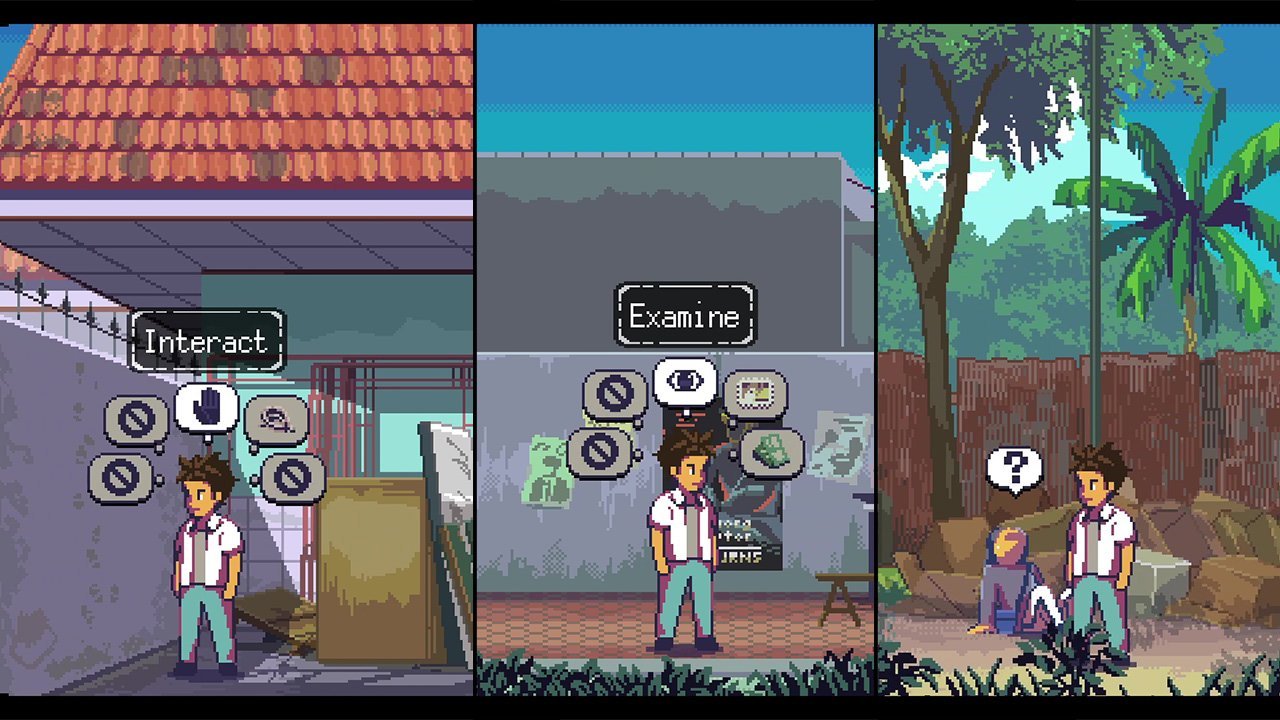
Magic Red Book: This in-game guidebook enables "Space Diving" into people's souls. It also serves as a tool for tracking story progress, accessing maps, and checking collections, achievements, and the Bucket List.
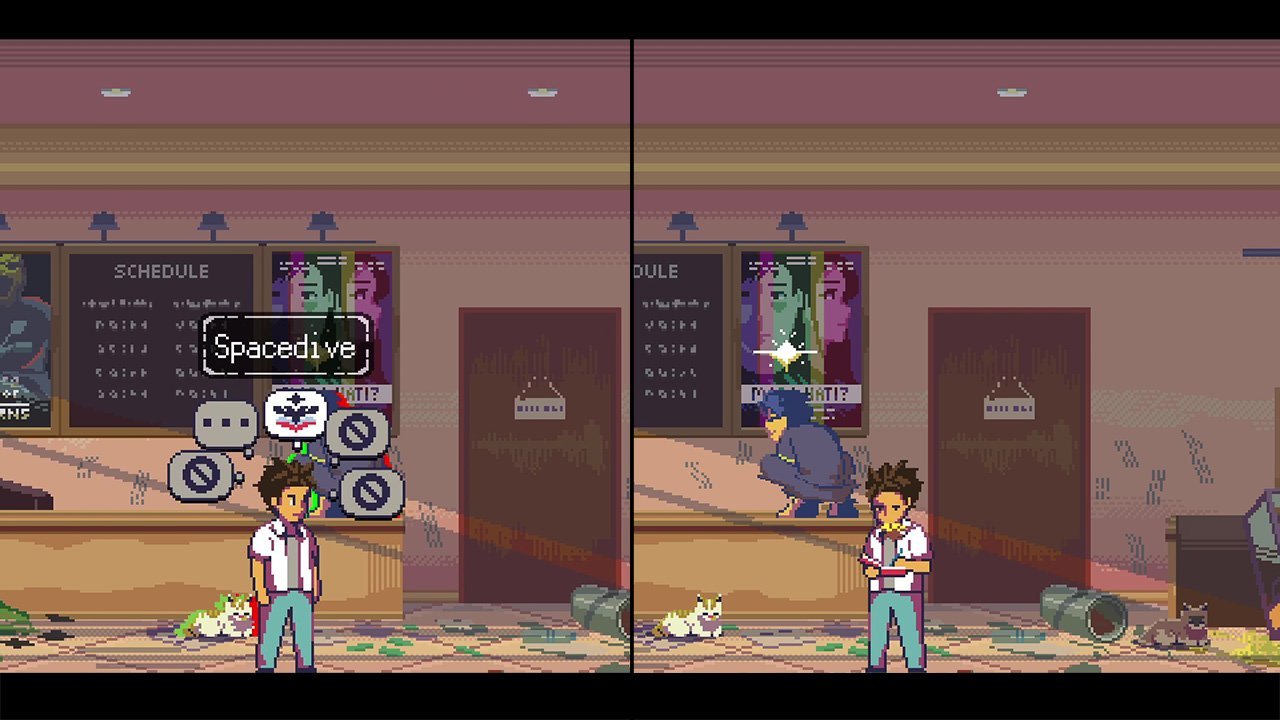
Magic WandIntroduced later in the game, the wand complements the Red Magic Book and Space Dive mechanics.
It allows you to open "space-time" gates in both the environment and during Space Dive, enabling time manipulation to alter the past to be able to change the future (the characters' present time) otherwise impossible or access deeper levels of a person's mind, reminiscent of Inception.
Space Dive: core mechanic of the game, it allows through the Magic Red Book to "dive" into the soul of a person and discover their hidden sides, depending on the character and what we have to solve/get from them. In this "mental realm" we will often discover terrible and poignant truths about that person's past, present or personality, and our main power is to fight the consequences of such unpleasant experiences and restore hope to them.
Objectives: these are objectives to be achieved during a certain segment of the game and they help keep track of what is being done and must be done to progress with the story. Very useful especially when there are several active dynamics and you get lost a bit among the things to follow.
Bucket List: A secondary mechanic tied to achievement completion. Raya and Atma create this list of goals they aim to accomplish.
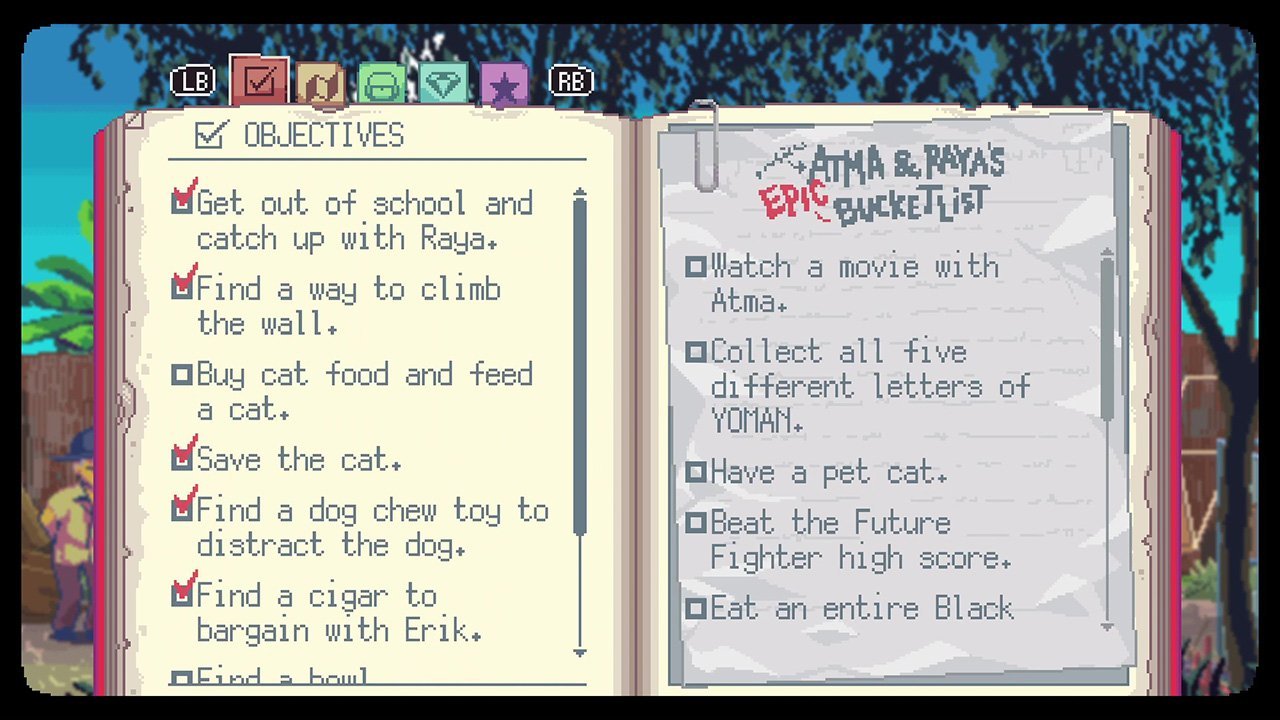
Collectibles: it is a collection of bottle caps of various soft drinks that can be found around and which greatly stimulate the exploration of every corner of the environment and of every scene that the game offers.
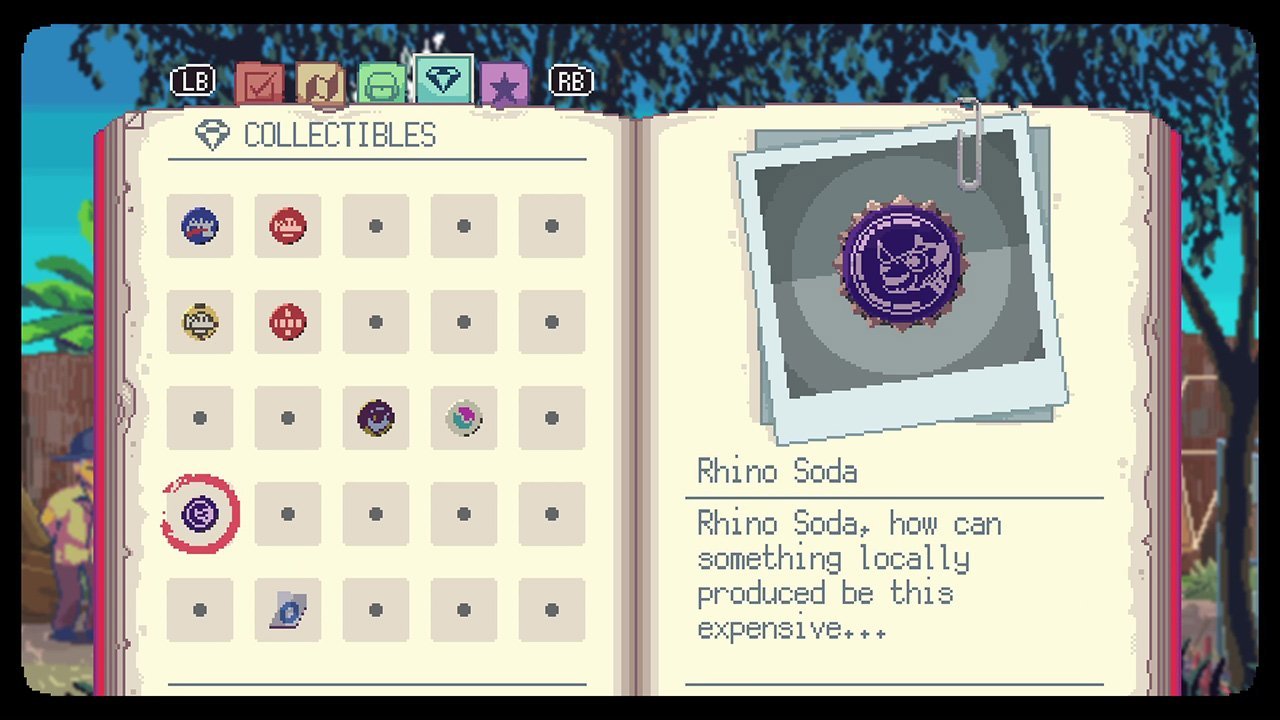
Puzzles & Minigames: present in various parts of the game, including moments of Space Dive, some are related to achievements but the majority are simply part of the gameplay. Fun and not too difficult, they give you something different to do than the main activities.
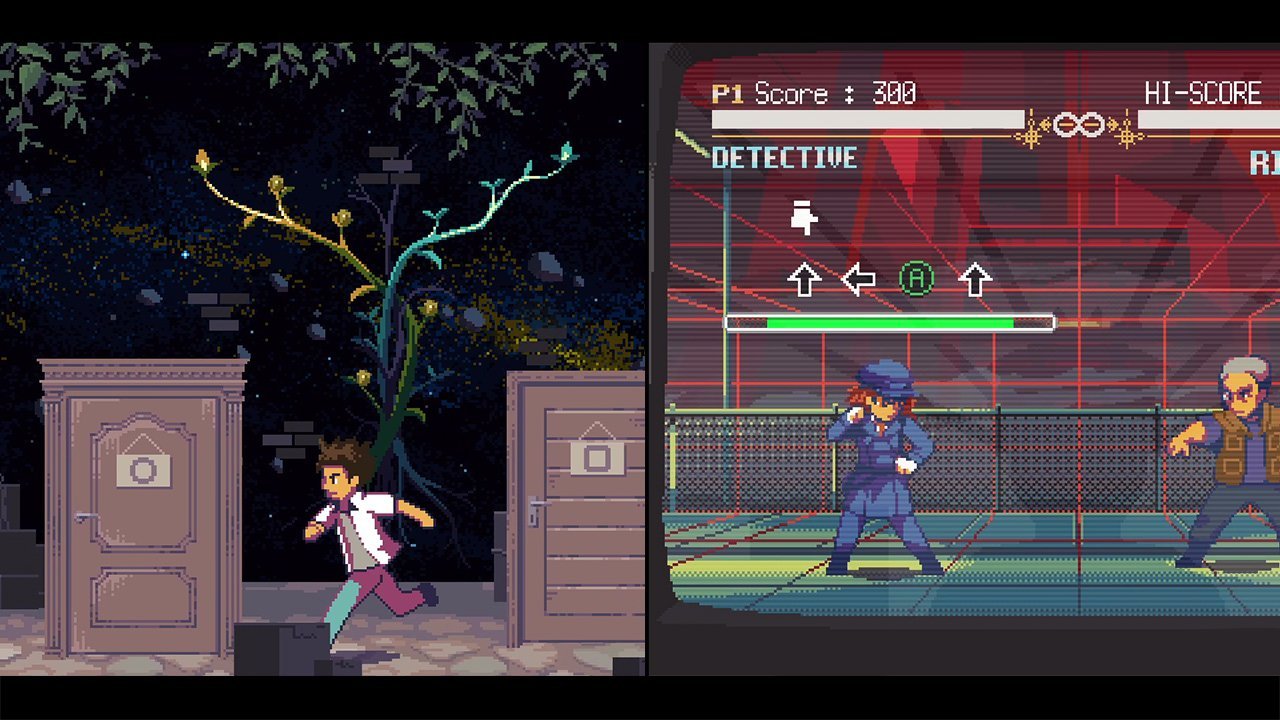
Cats: fundamental presences in the game and an integral part of its characters, it's possible to interact with them through Atma. There are so many of them and every time we make Atma stop to pet a cat he doesn't know, we'll be given the option to name them.
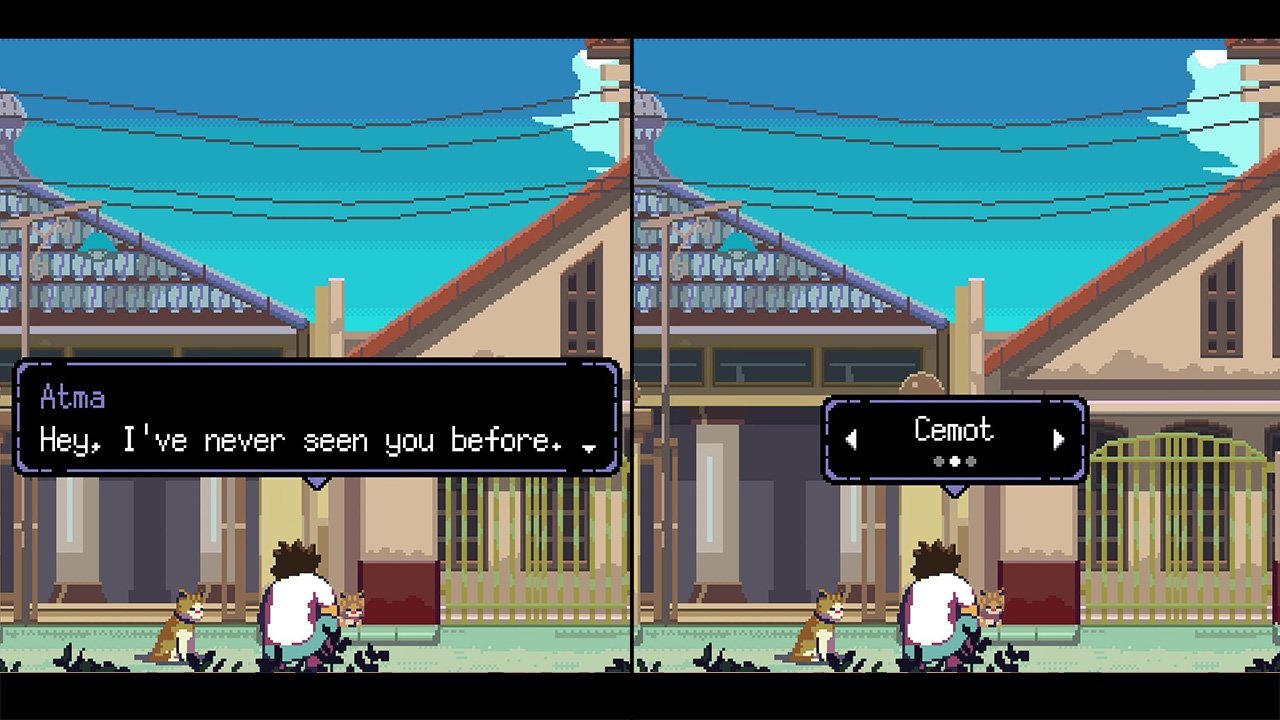
Soundtrack
Ok!
The soundtrack is one of those that is placed in the background, present but without overwhelming the richness of the environmental sounds (from the footsteps of people walking to the rustling of bicycles) and plays a large and important role in defining the mood of the scene in progress, along with the repetition of the animations linked to the reactions and emotions of the characters.
There are numerous tracks but some of these will soon become much more familiar than others because they are linked to specific scenes or events, such as the space dive, so much so that as soon as you hear the first notes you will end up reacting accordingly (for example, during the space dive you often deal with sadness and trauma from characters' pasts, so the music attached to these moments becomes evocative).
If the music has won you over, you can purchase the soundtrack on Steam, as a separate DLC!
Other
Duration: ~15 hours
Without completing everything (like the cap collection). The way the game is structured doesn't allow for many shortcuts and some might find some missions frustrating (especially among the fetch-quests). Always considering that I'm a slow player and take things slowly, the game probably averages 10-12 hours, even with a completion higher than mine.
We can still say that the game has a more than average duration, considering how dialogue-rich it is.
Performance: perfect!
Bugs: no bugs crawled out!
Notes
Fun fact: The unnamed town in the game is inspired by the city of Surabaya, Indonesia.
Several locations are in fact small and fascinating postcard from our reality!
If you liked the game and you think one day you may visit Indonesia, think about organizing a trip to Surabaya and take pictures of all the most iconic places of the game!
My Thoughts
Ok!
~ SPOILER ALERT ~
~ SPOILER ALERT ~
A Space for the Unbound tells a beautiful story about the pain of being judged and punished for one’s inclinations, about the oppression due to the expectations of the society in which one lives and the demands of one’s family as a result.
I have often read about how many Asian nations have very high expectations of their children in terms of education and career, as these countries are very focused on dedication to work (we usually hear about this in China, Japan and South Korea, but there are certainly others) and how these successes are seen not only as a status for the entire family but also as proof of having been excellent parents. Failing at school or not getting a job considered prestigious is therefore seen not only as a shame for the family but also as a failure as parents in raising “good children” (“what did I do wrong” I fear is a recurring non-question).
This attitude is maintained even when these people emigrate to more Western nations and when their children arrive, who absorb not only the culture of the home but also that of the country, thus giving rise to conflicts.
Consequently, having different inclinations, aspiring to become something else (and not just lawyers or doctors) or not wanting excellence in everything you do, also becomes a starting point for your peers, teachers and other adults in general to judge, offend and bully.
Obviously this is a generalization and maybe even a stereotype, but I have often seen kids from Asian countries or families making jokes and making memes about these types of issues or talking about the stress, judgment, and mistreatment they have suffered in this regard.
Despite this, strict parents, abusive families or families with too high expectations, bullying are unfortunately common themes in many countries around the world and allow Space for the Unbound to speak through a very current language, which will directly affect many of those who play it for this very reason.
Most of us, from very insignificant to very important experiences, will easily empathize first with Atma in his desire to help both Nirmala and Raya, and with both girls in their being victims of family and society, of the pain and depression caused to them to the point of wanting to disappear under the weight of the heart that seems to want to split into a million sharp splinters.
A great story told with raw delicacy, mixed with a pinch of the supernatural to make it a beautiful modern fairy tale. A story that intertwines those of a multitude of different people, each with their own strengths, weaknesses, desires, regrets and remorse in a whirlwind of emotions hidden and long suffocated deep in the soul.
Related Articles
If there was something I wanted to discuss more deeply, it's here!
No related article here
(perhaps "not yet"!) : D
In Pills
In Pills
Recap
YASS
- A beautiful supernatural story about emotional pain, cultural hardships and the chance of being yourself
- A gazillion interesting and detailed NPCs even in their small way
- Amazing pixel art
- Truly remarkable and appreciable music
- Your Content Goes Here
SO-SO
- A cart of (beautiful) dialogues. If you're not interested in having characters who talk often and sometimes for a long time, it might not be your cup of tea
- It's hard to complete it 100% on the first playthrough. If you really want to "platinum" it, consider playing it at least a second time.
Some missions, like fetch quests (where you get stuff from A to B), can be extremely long and tedious. Having to switch screens frequently can quickly become frustrating.
Relax-O-Meter
ASTFU, despite the important and sometimes emotionally heavy themes, is a beautiful story with an important message. For this reason it is right to savor every drop at your own pace.
Although the game may be more stressful than enjoyable for a certain segment of players, I recommend finding your own way to play and completing the game at least once to see its epilogue and understand the suffering of the protagonists.
- = to be taken into consideration
- = for some it could be a problem
- = minor bug/glitch or issue
- = serious bug/glitch or issue
Watch The Video
Watch The Video




